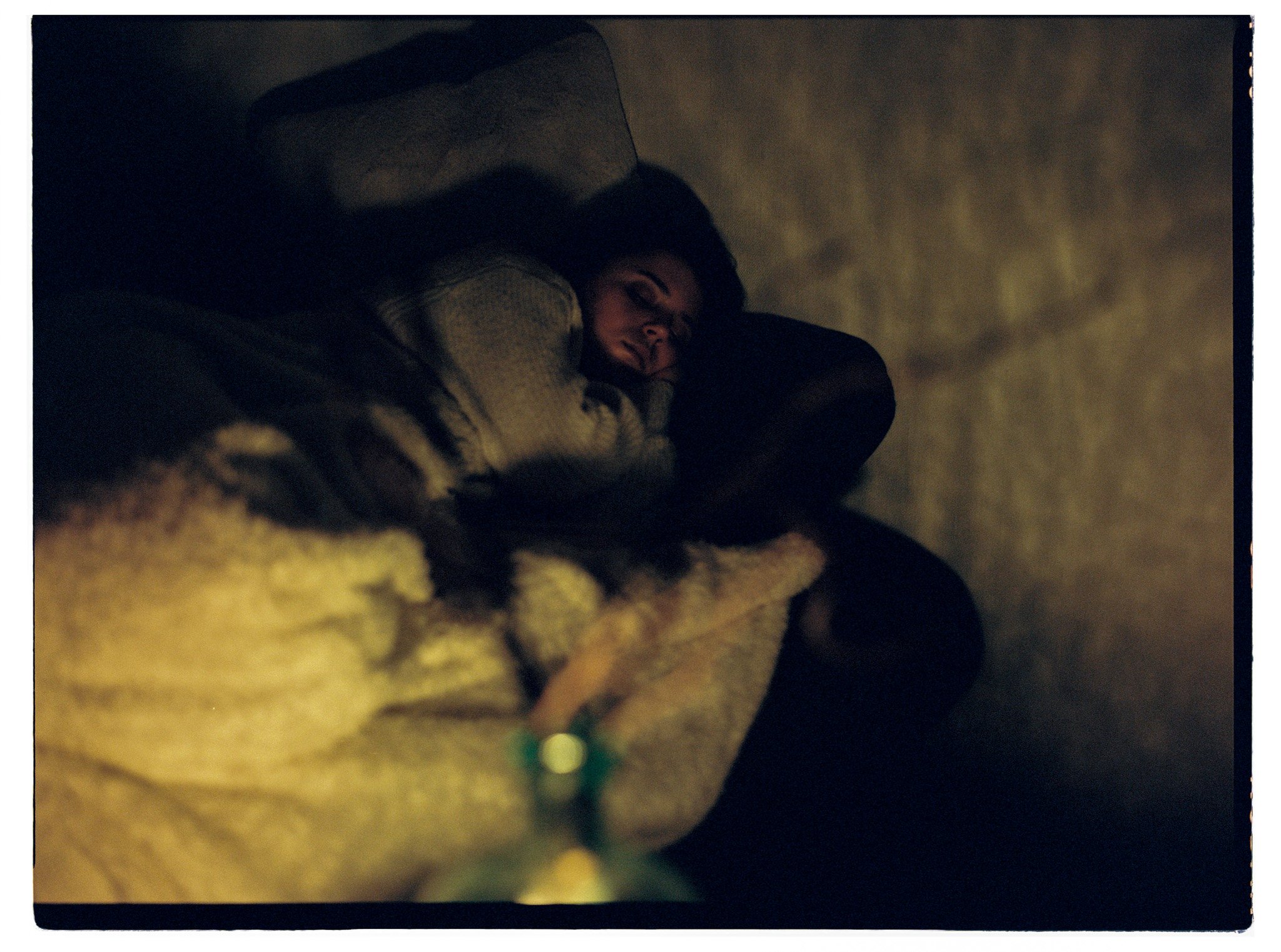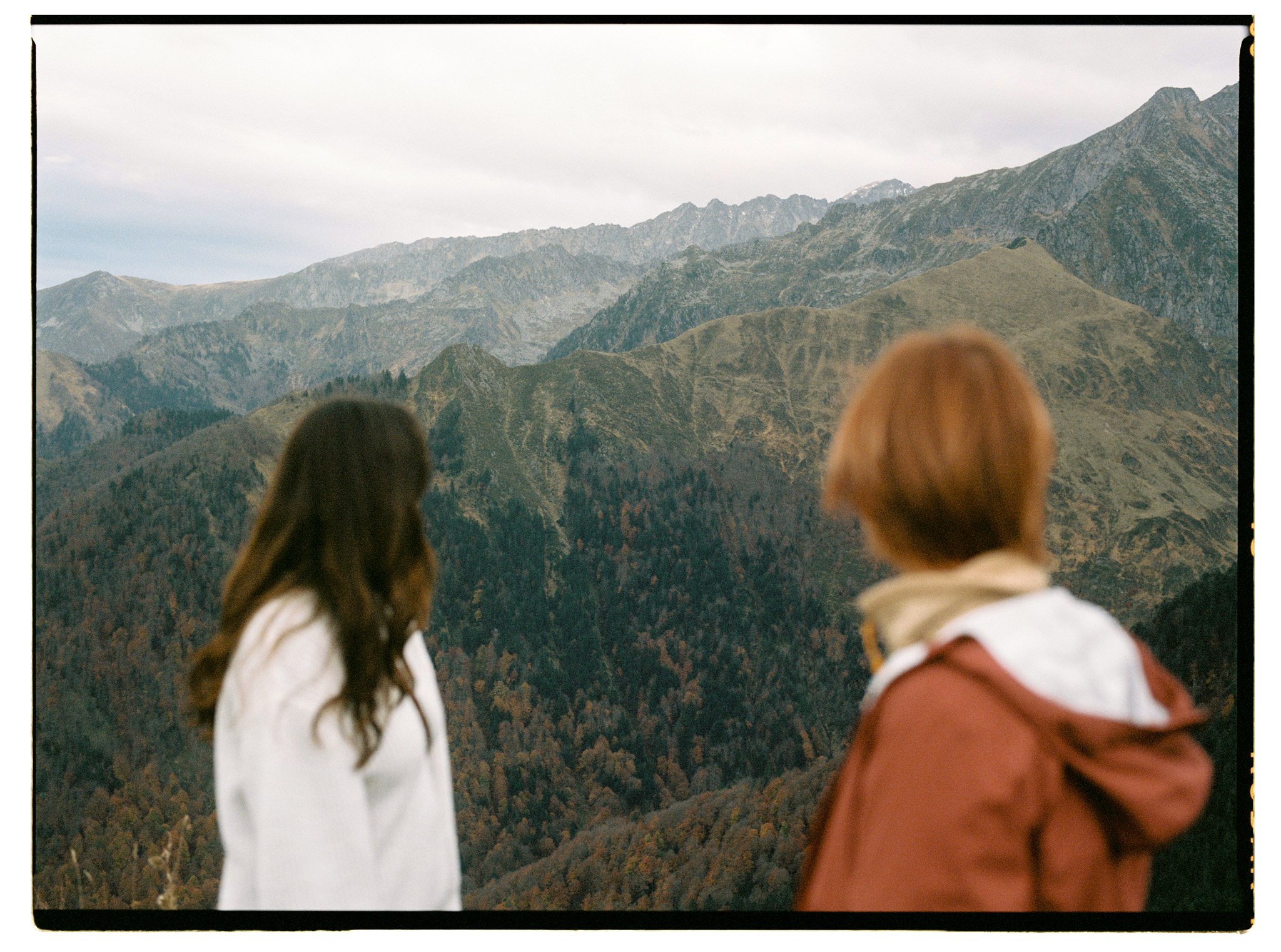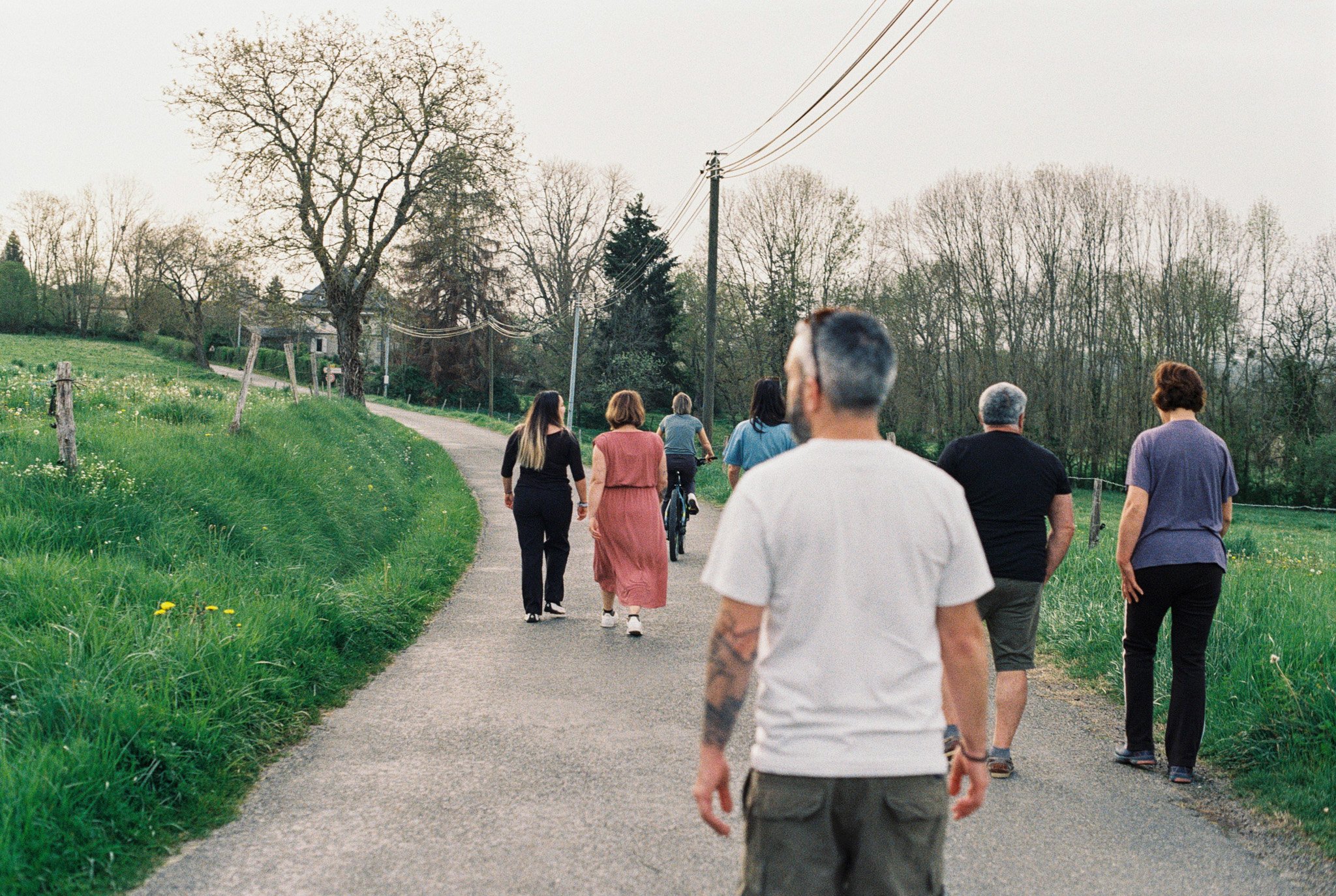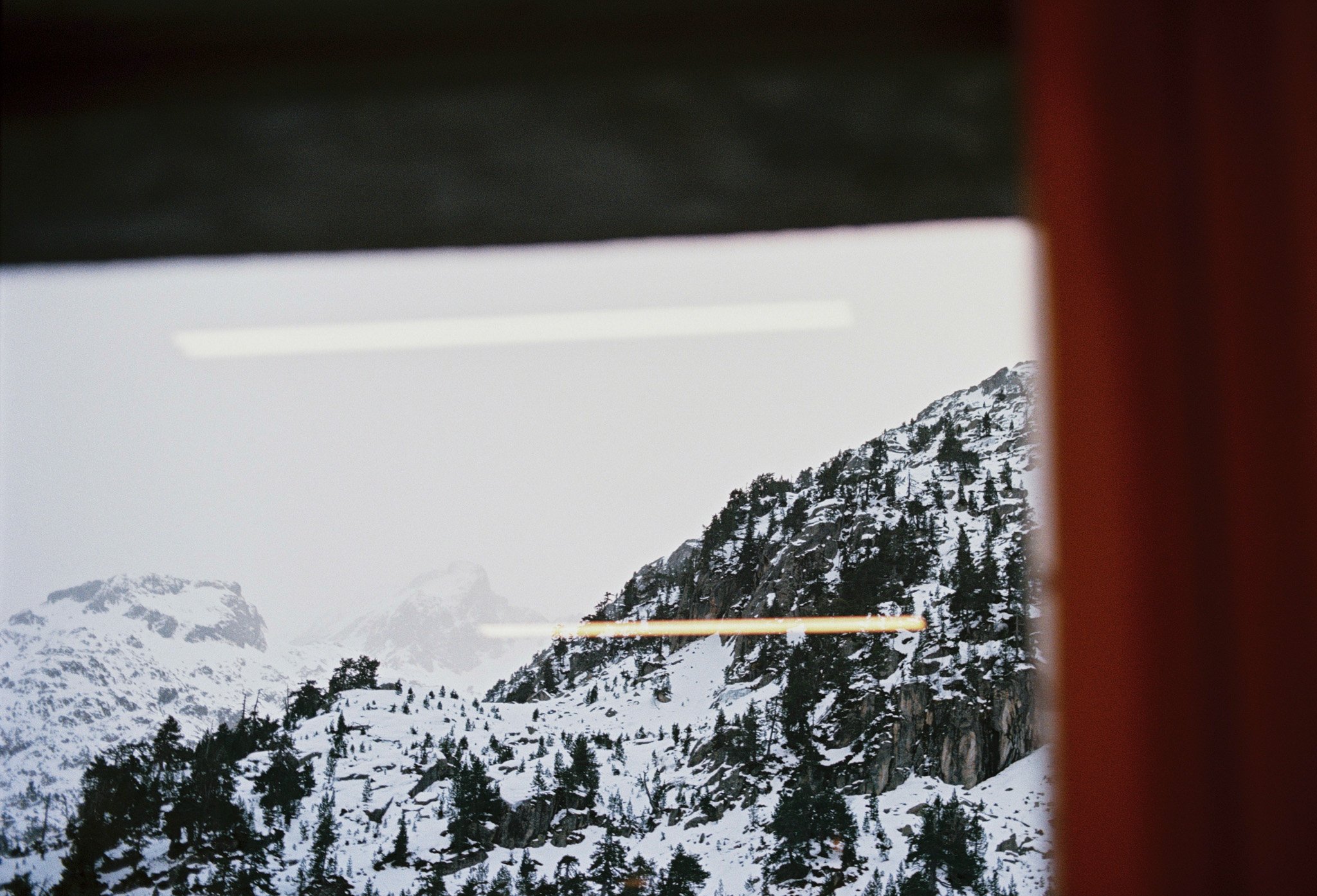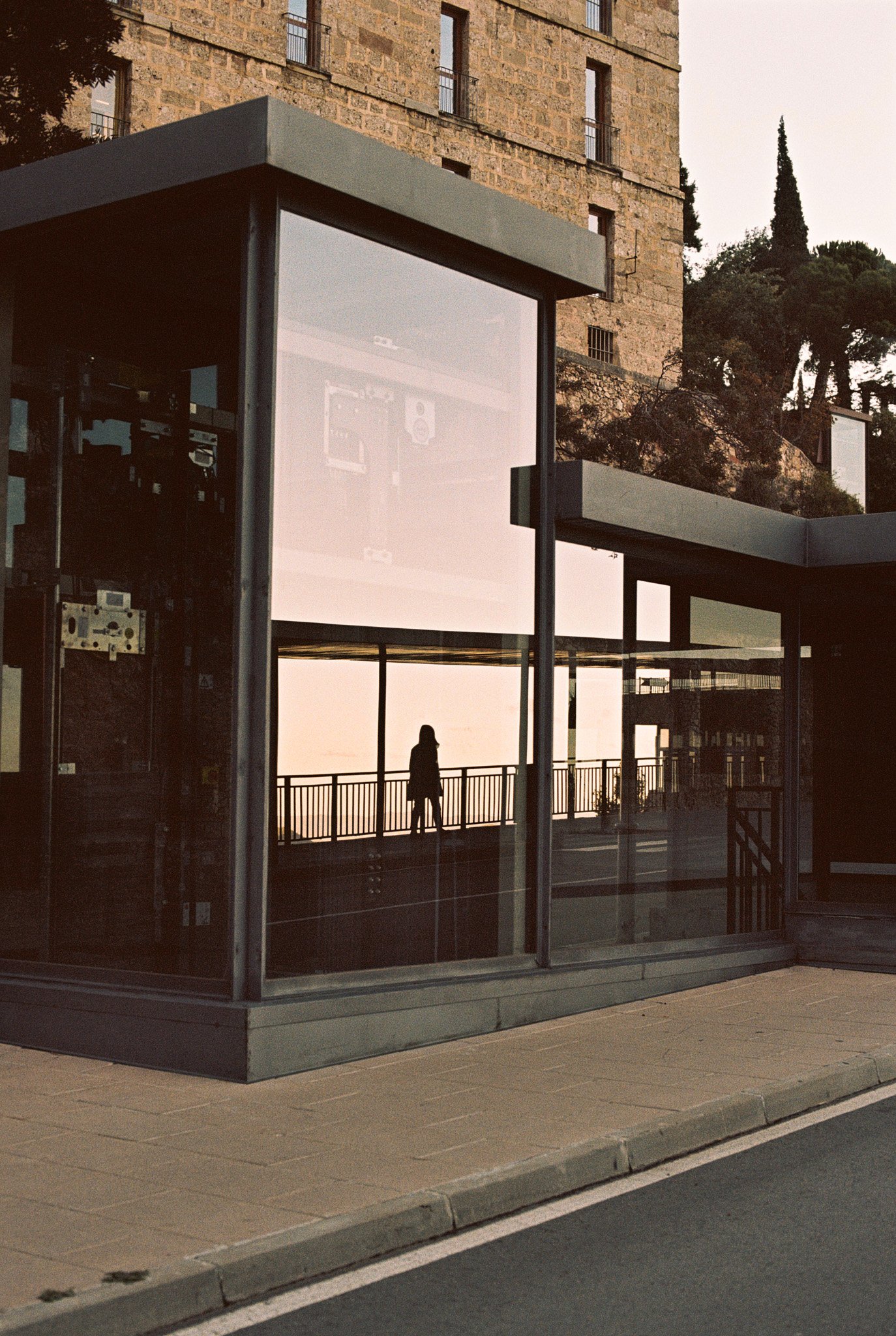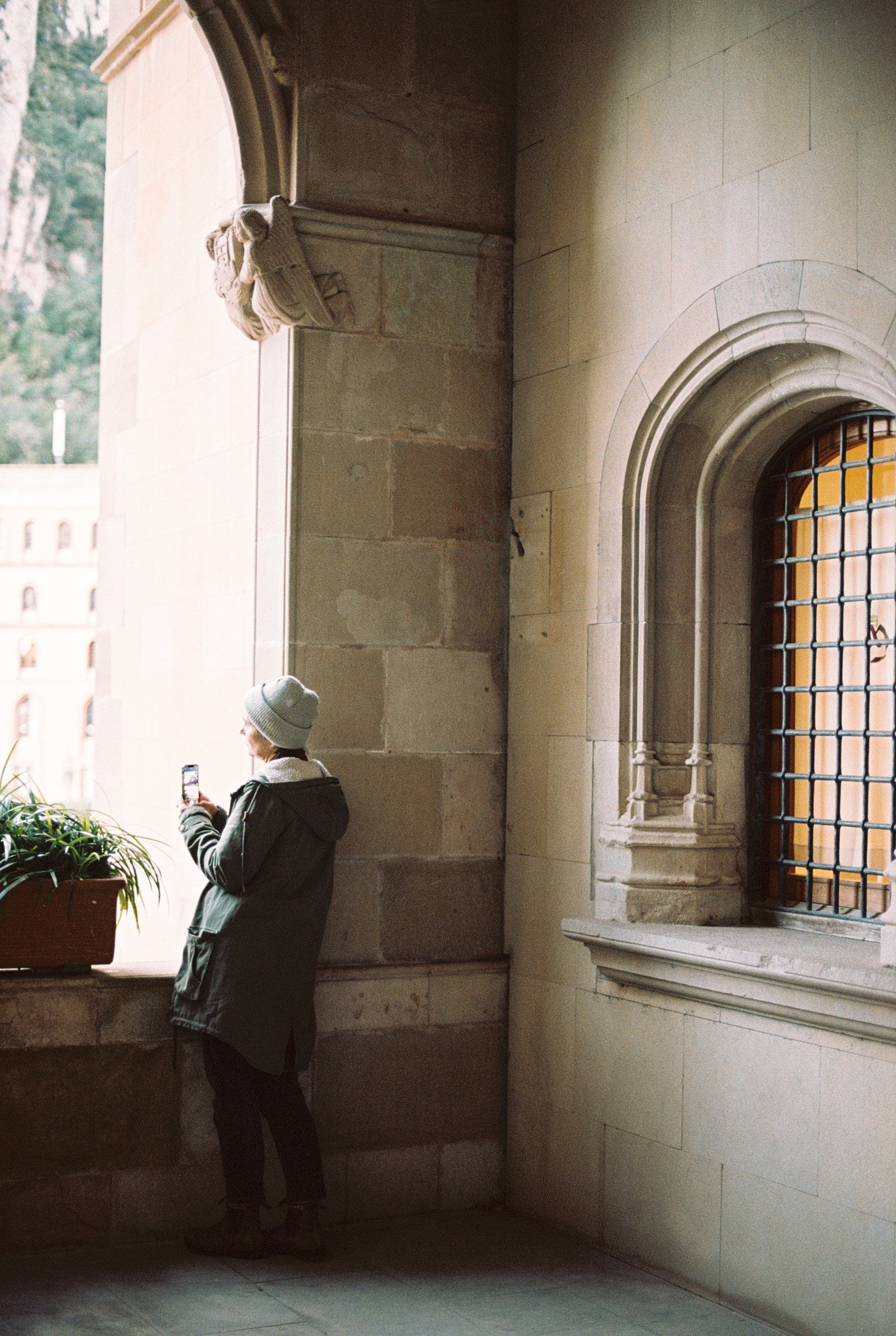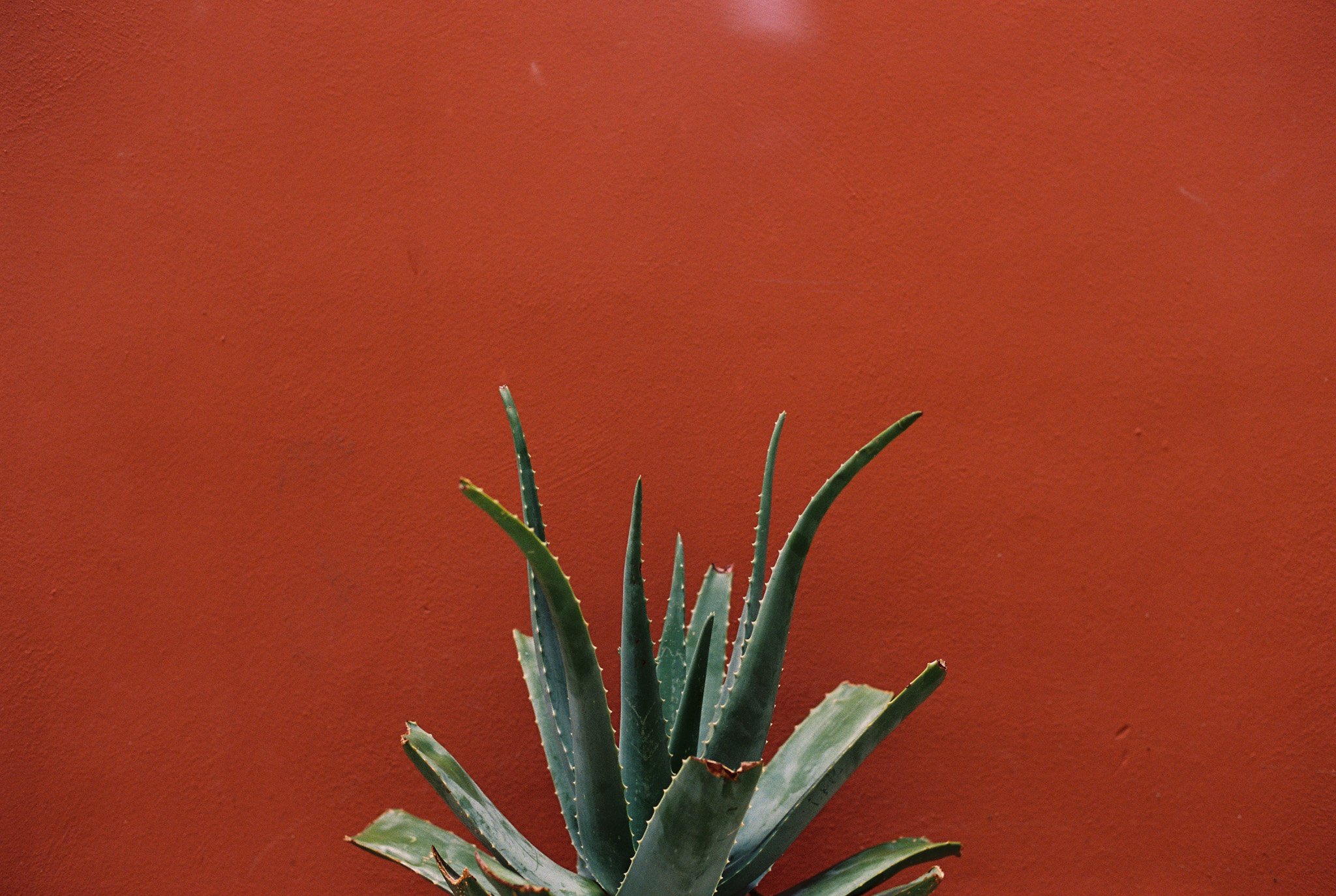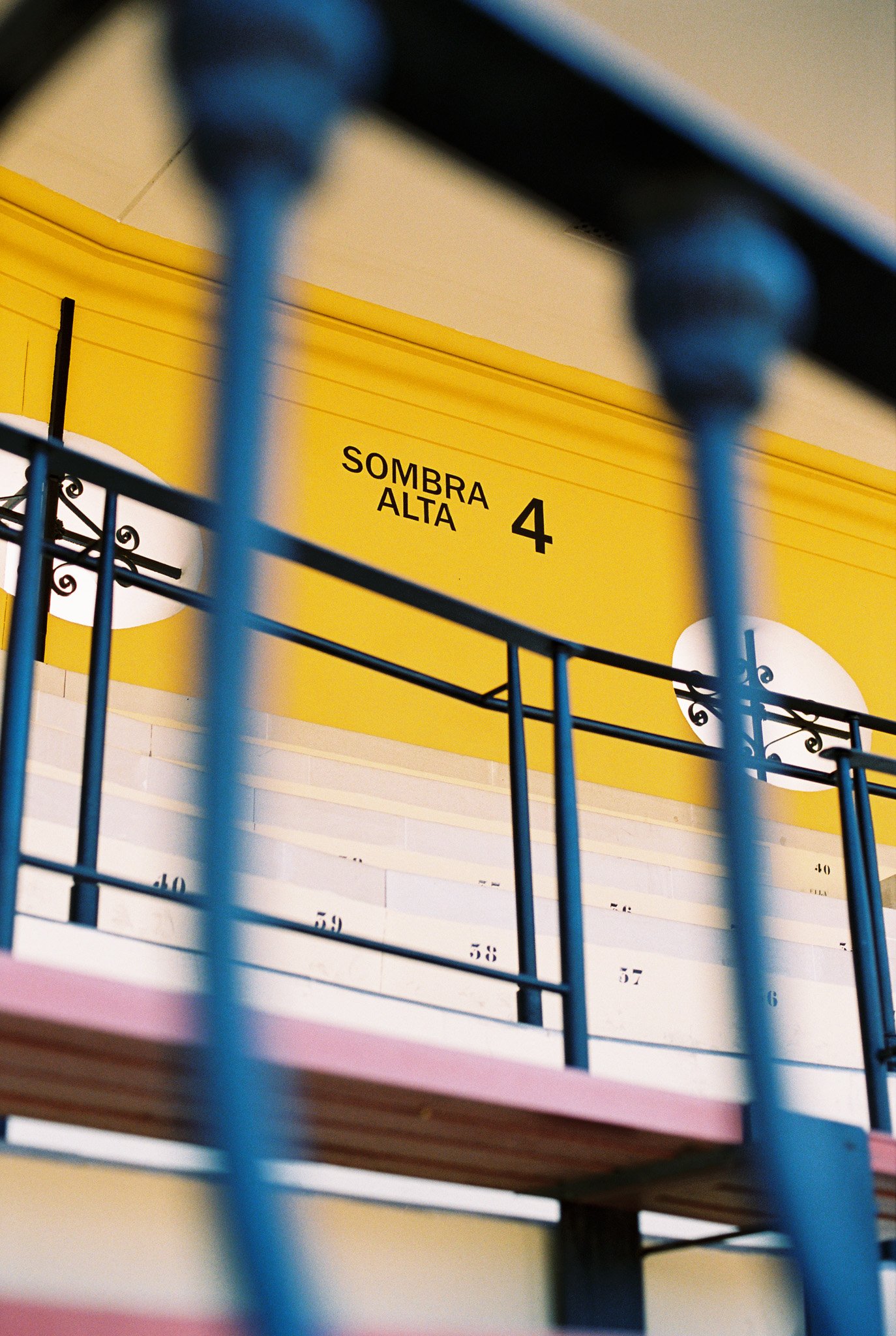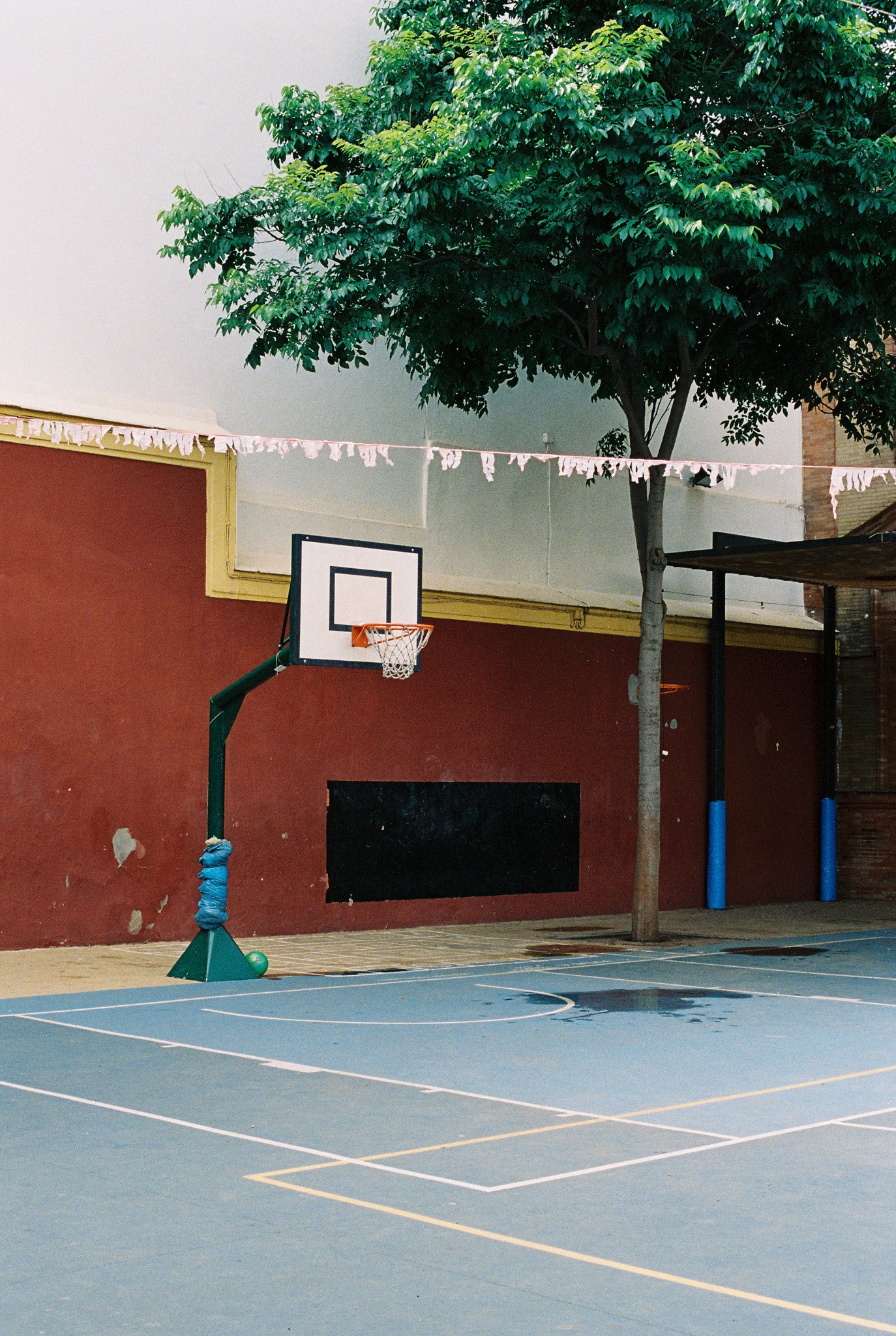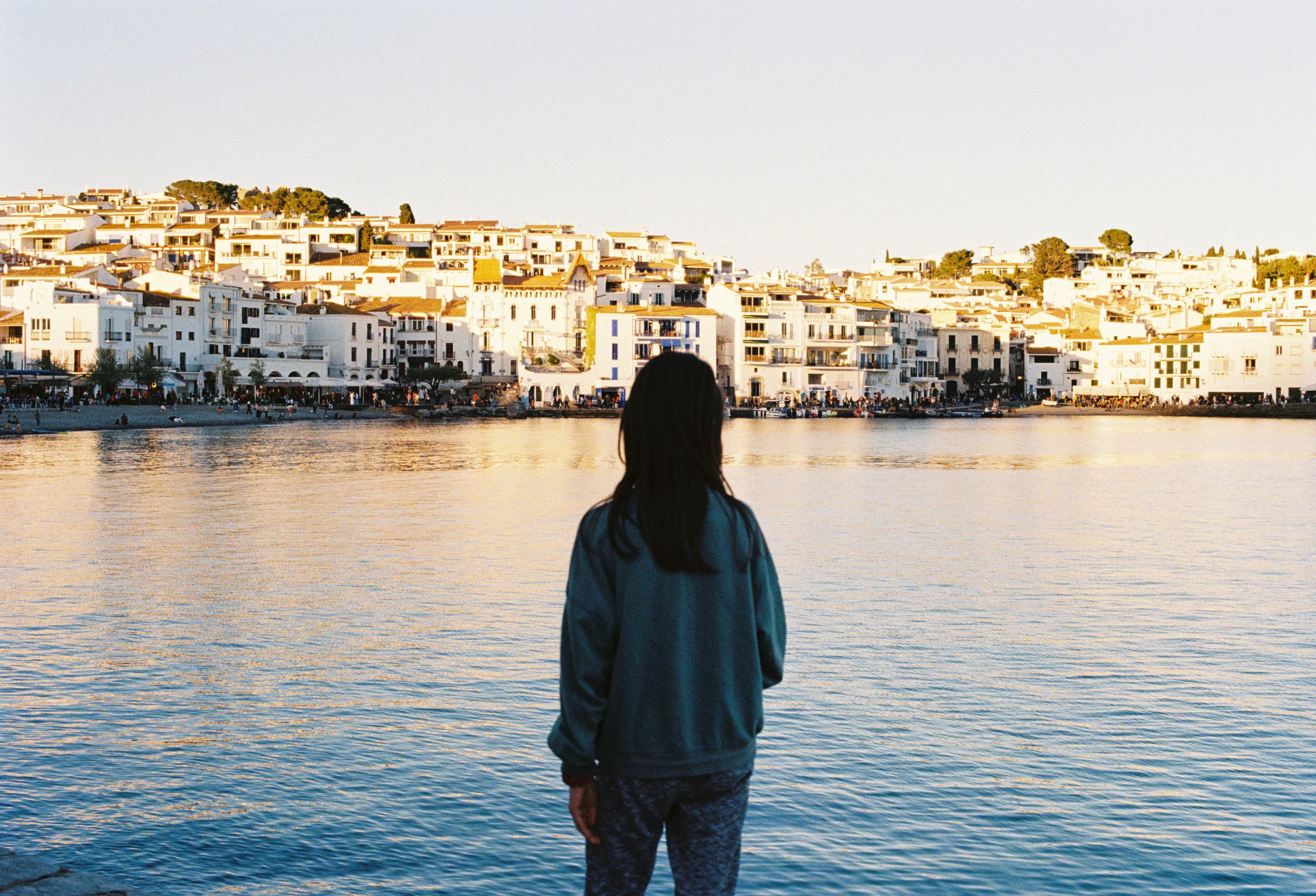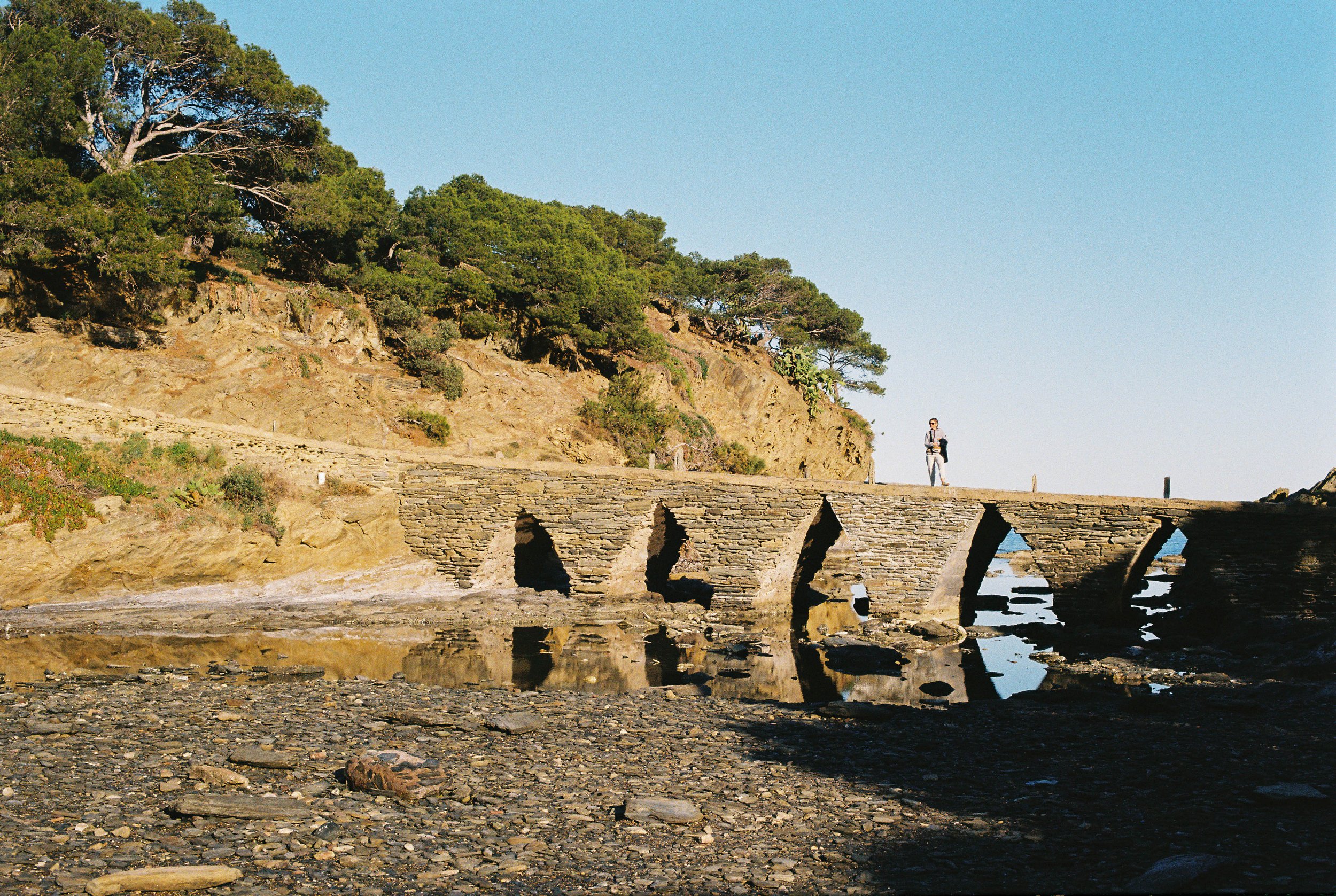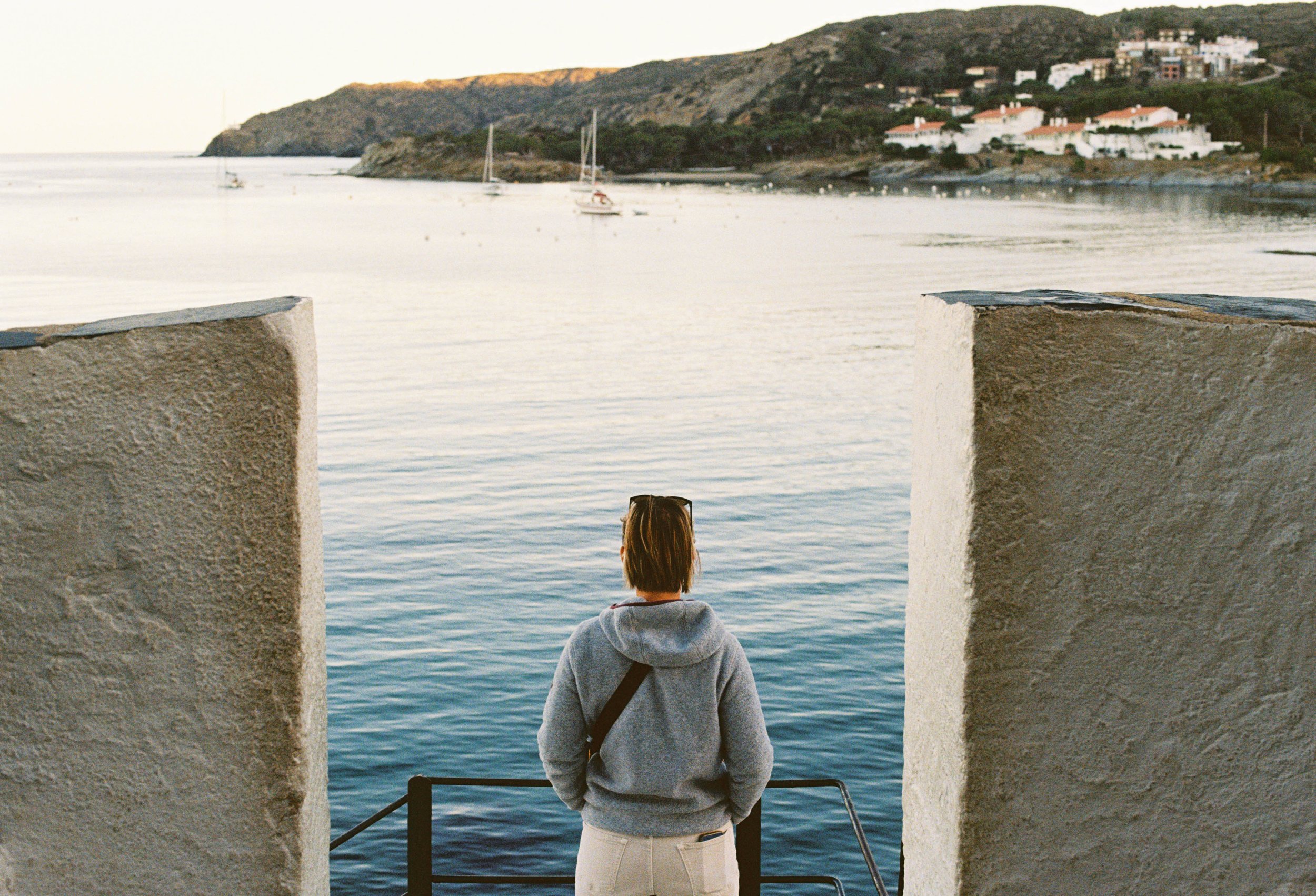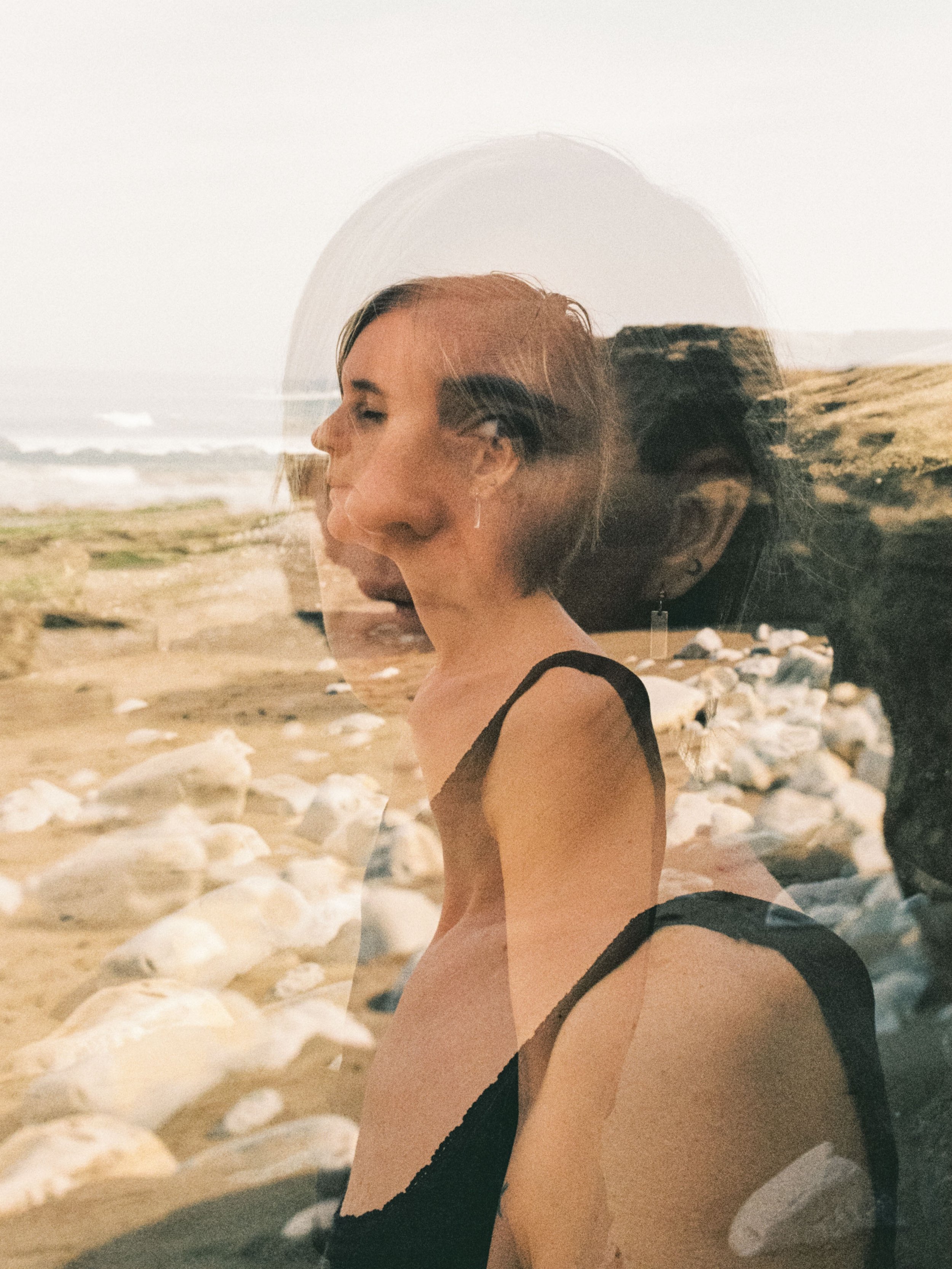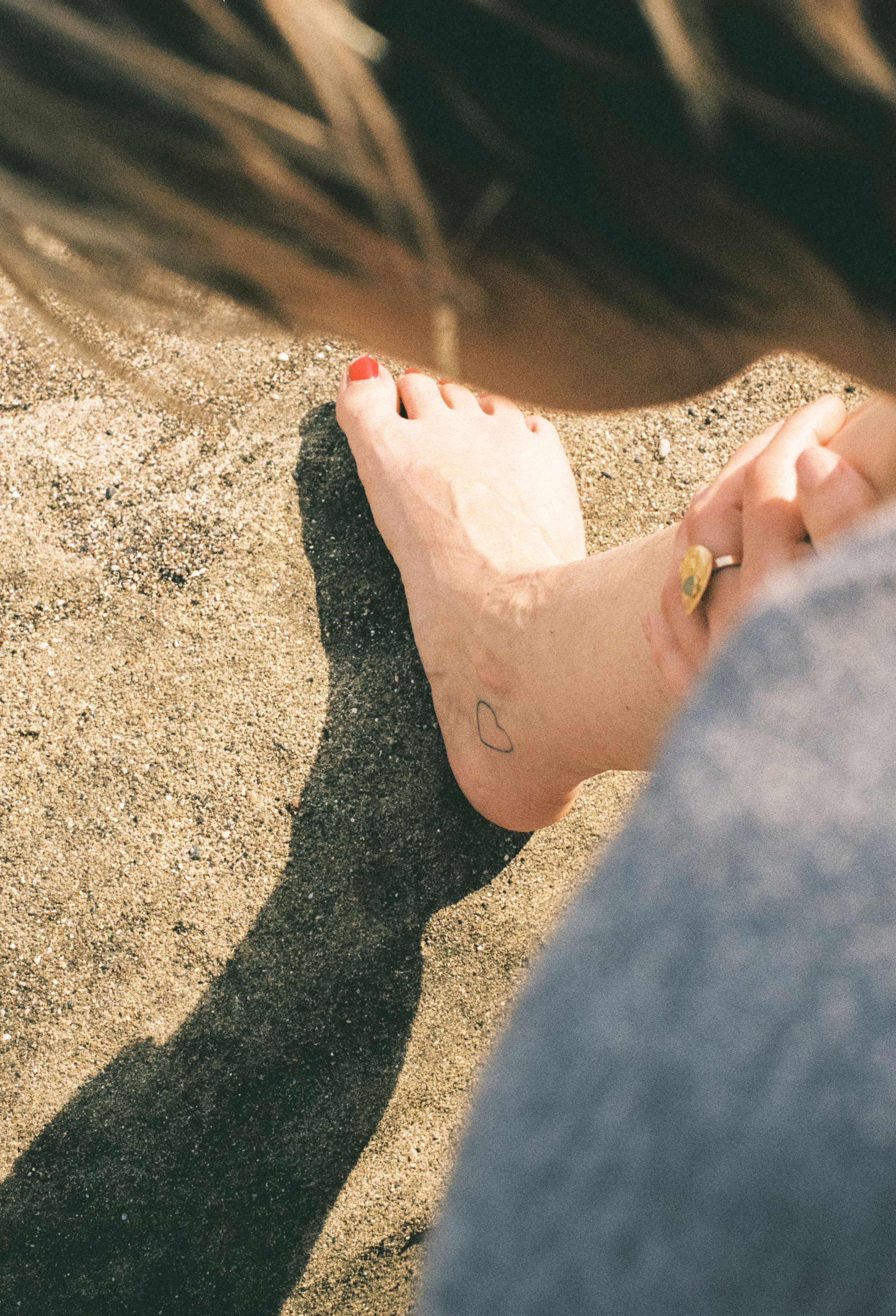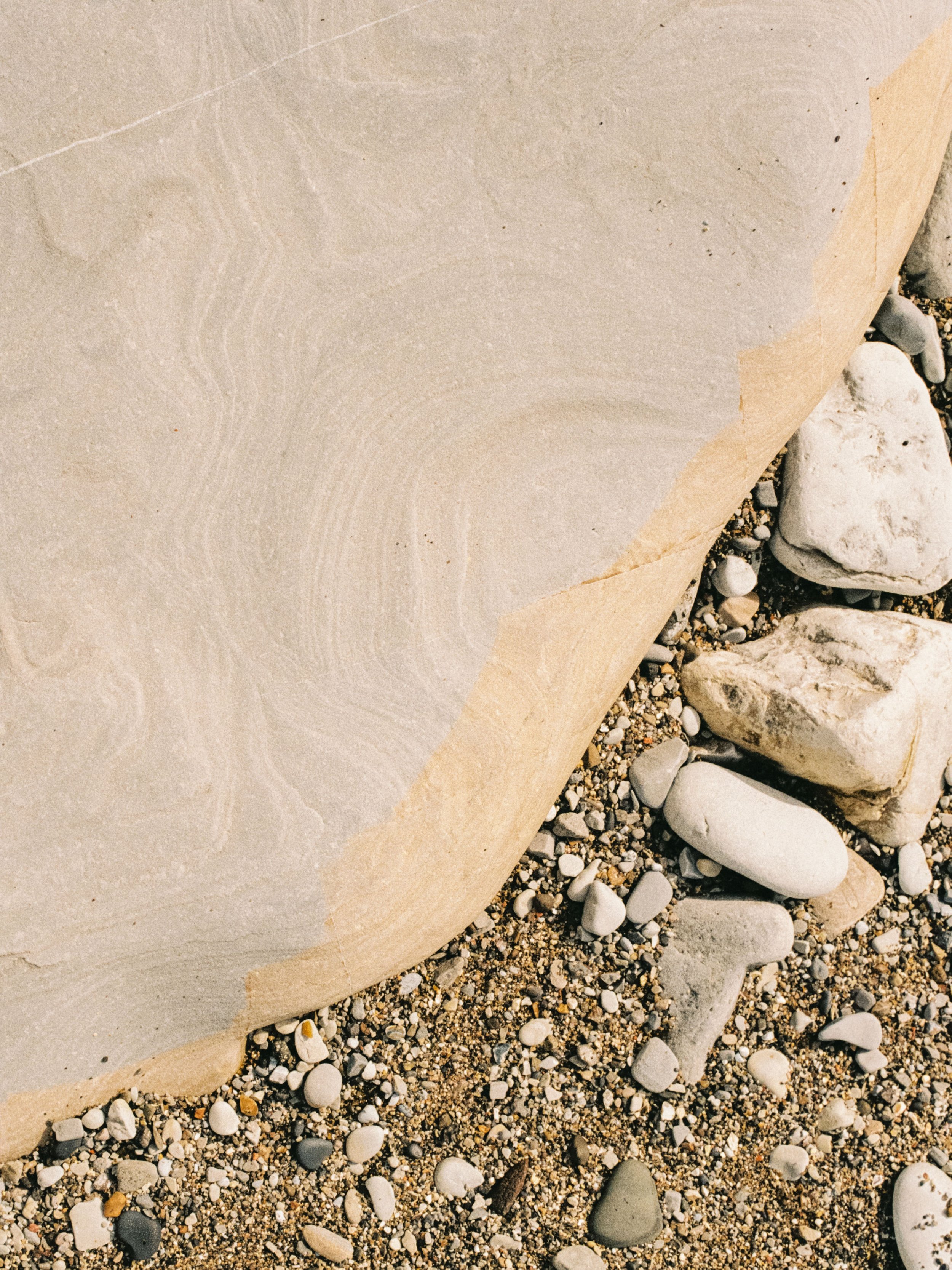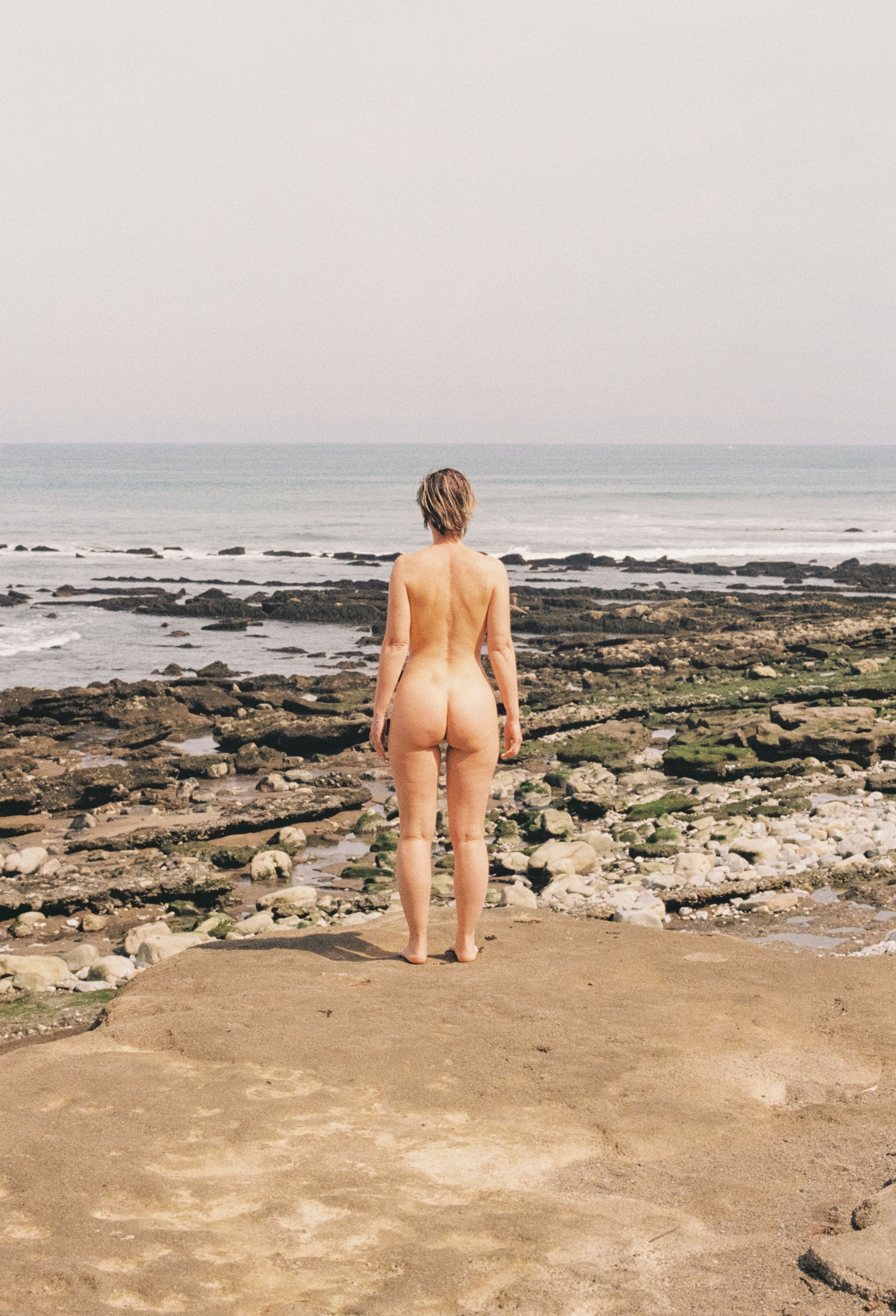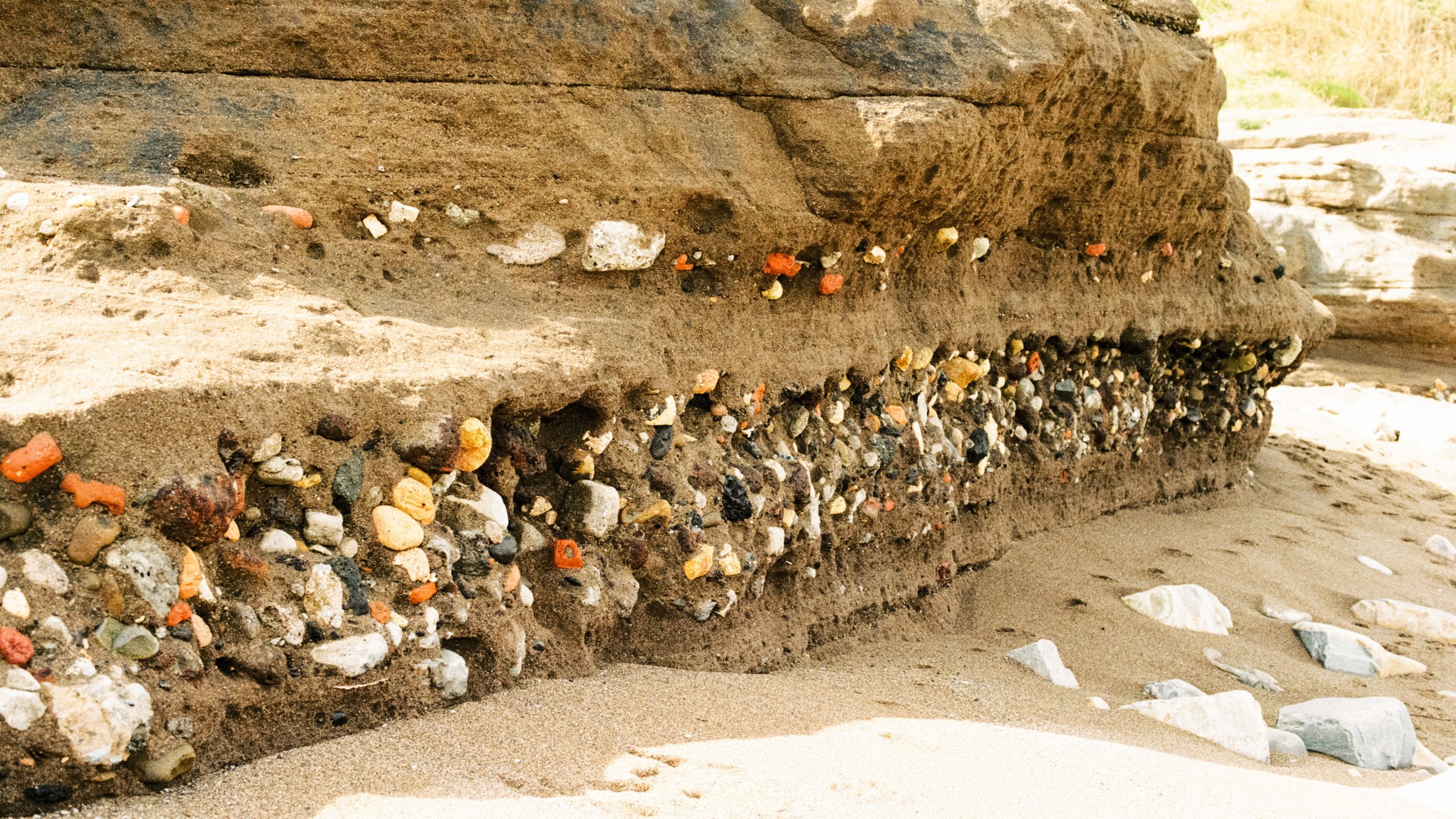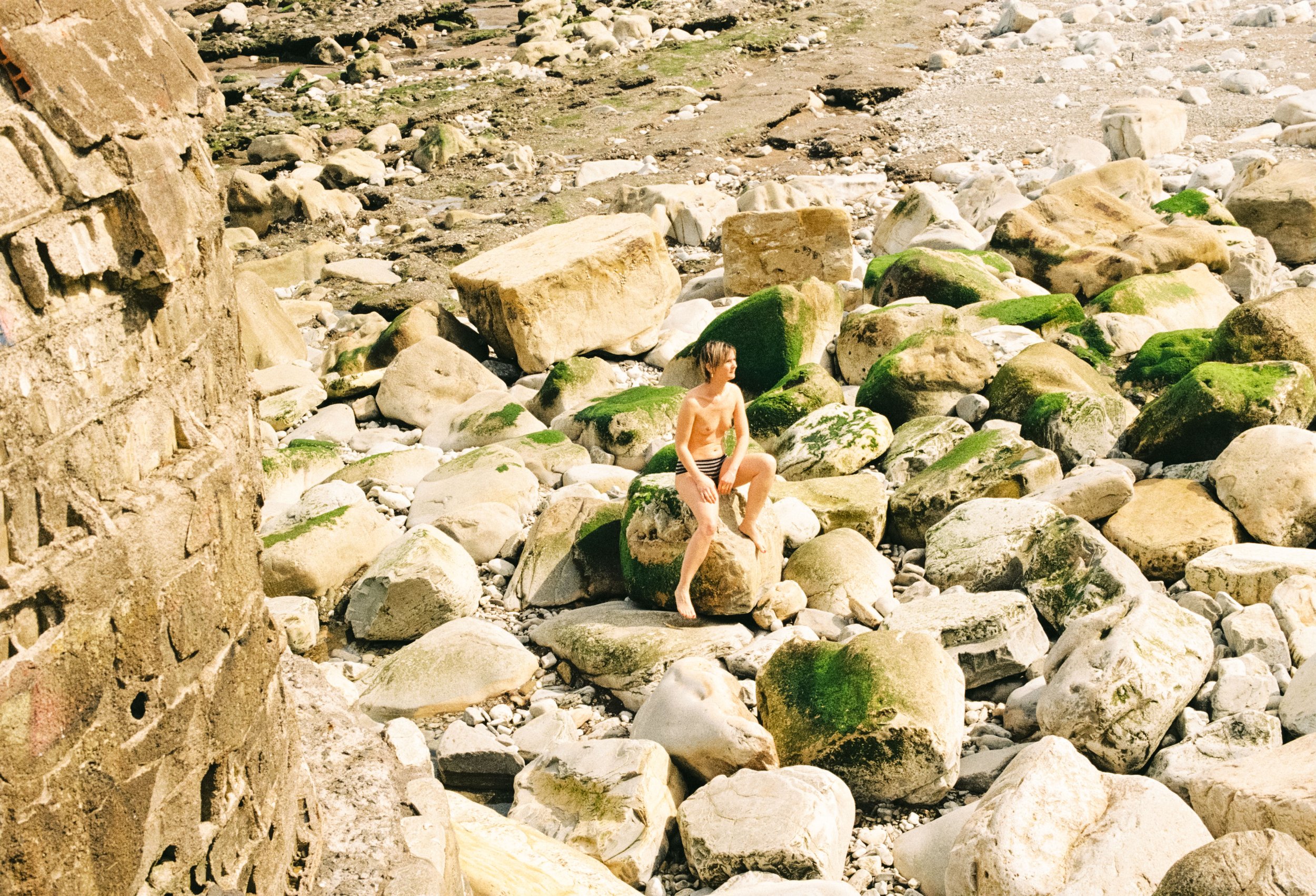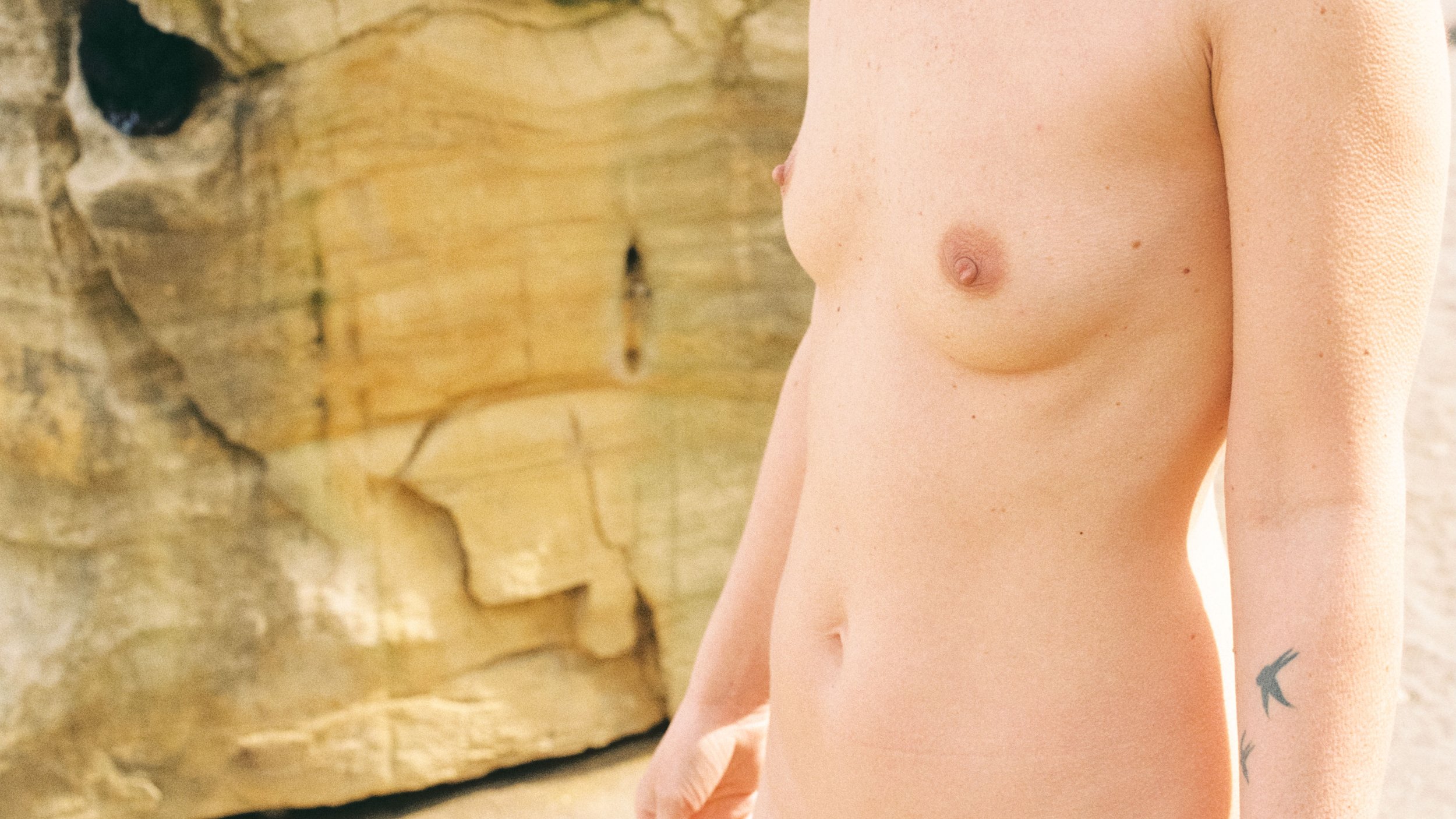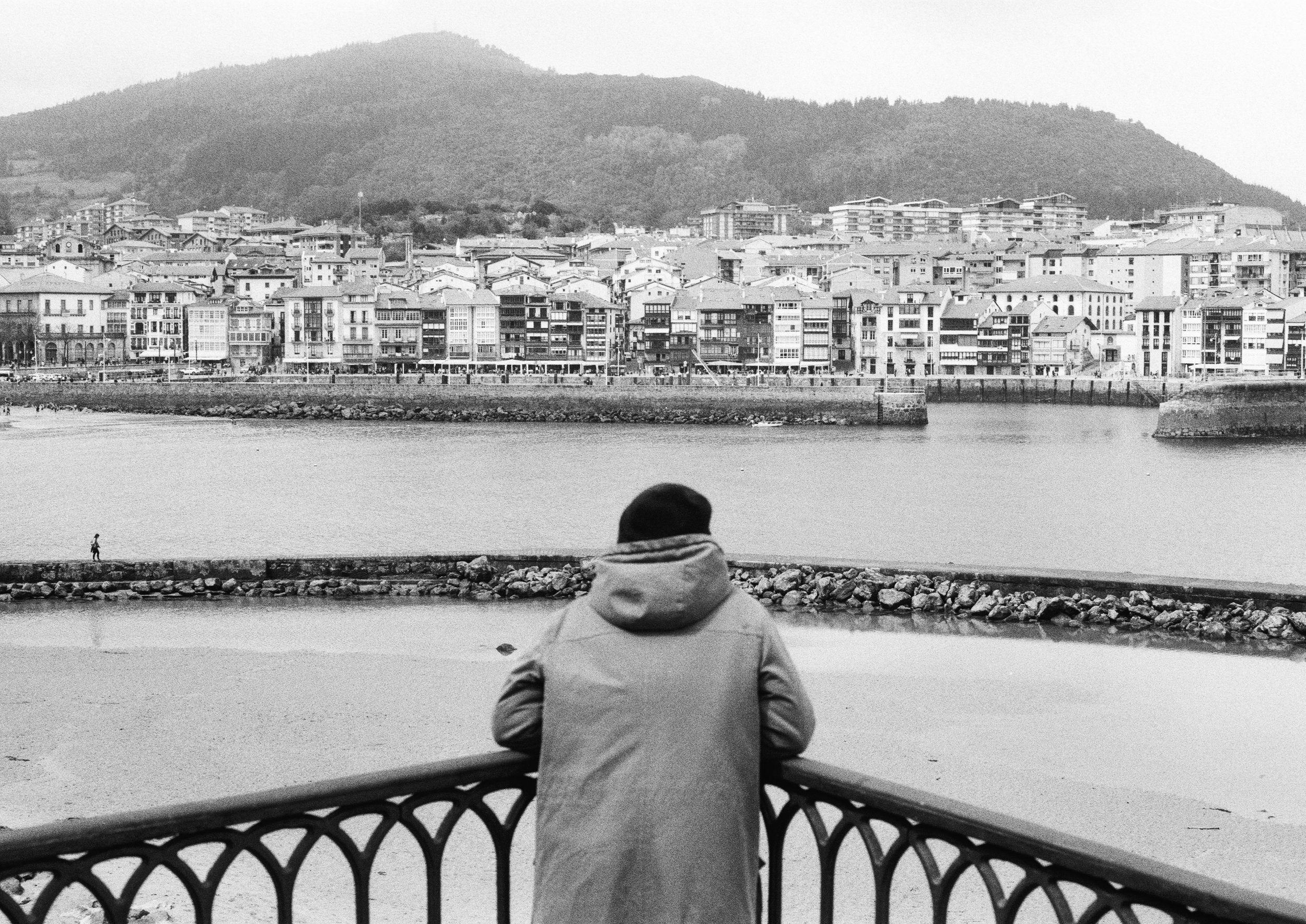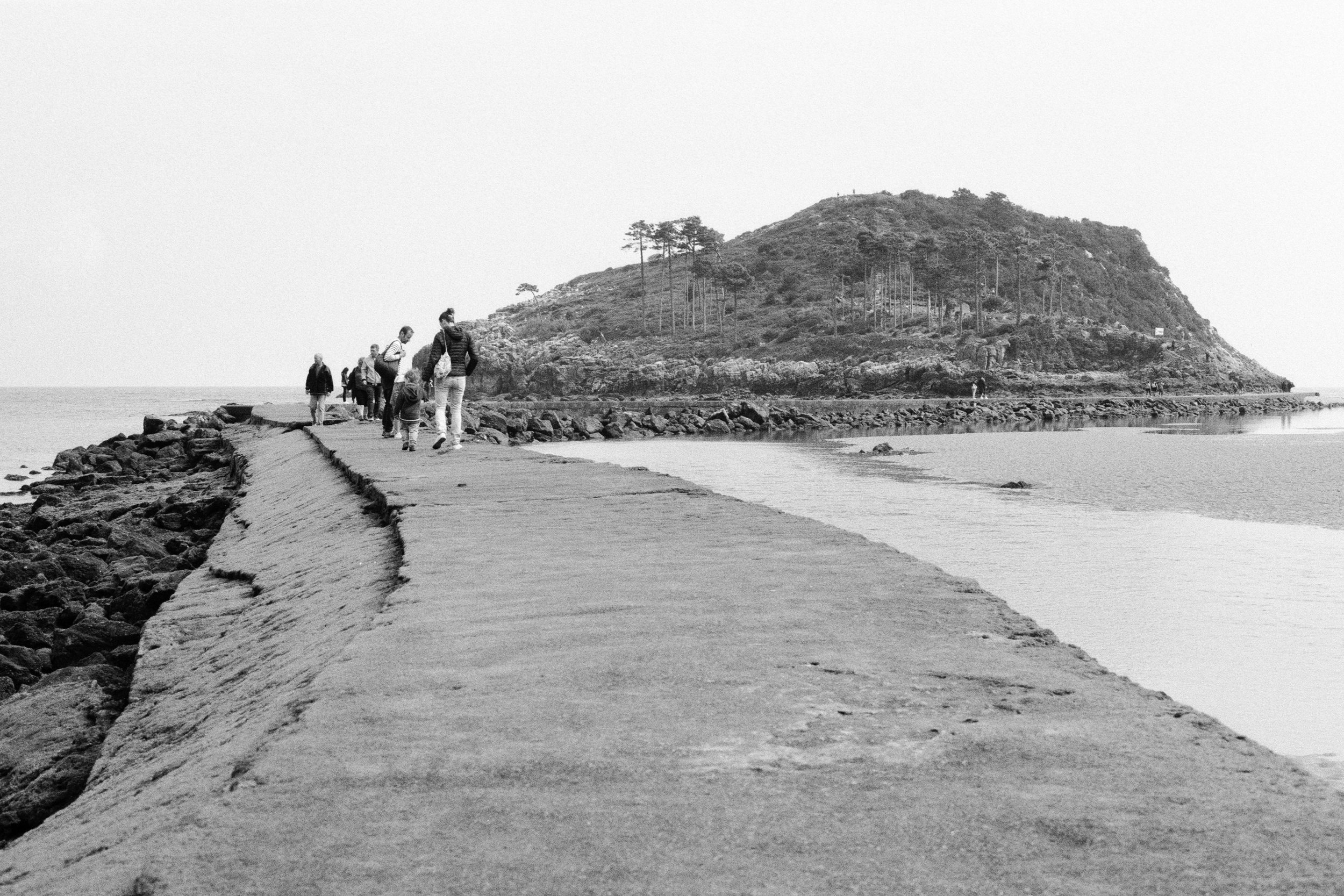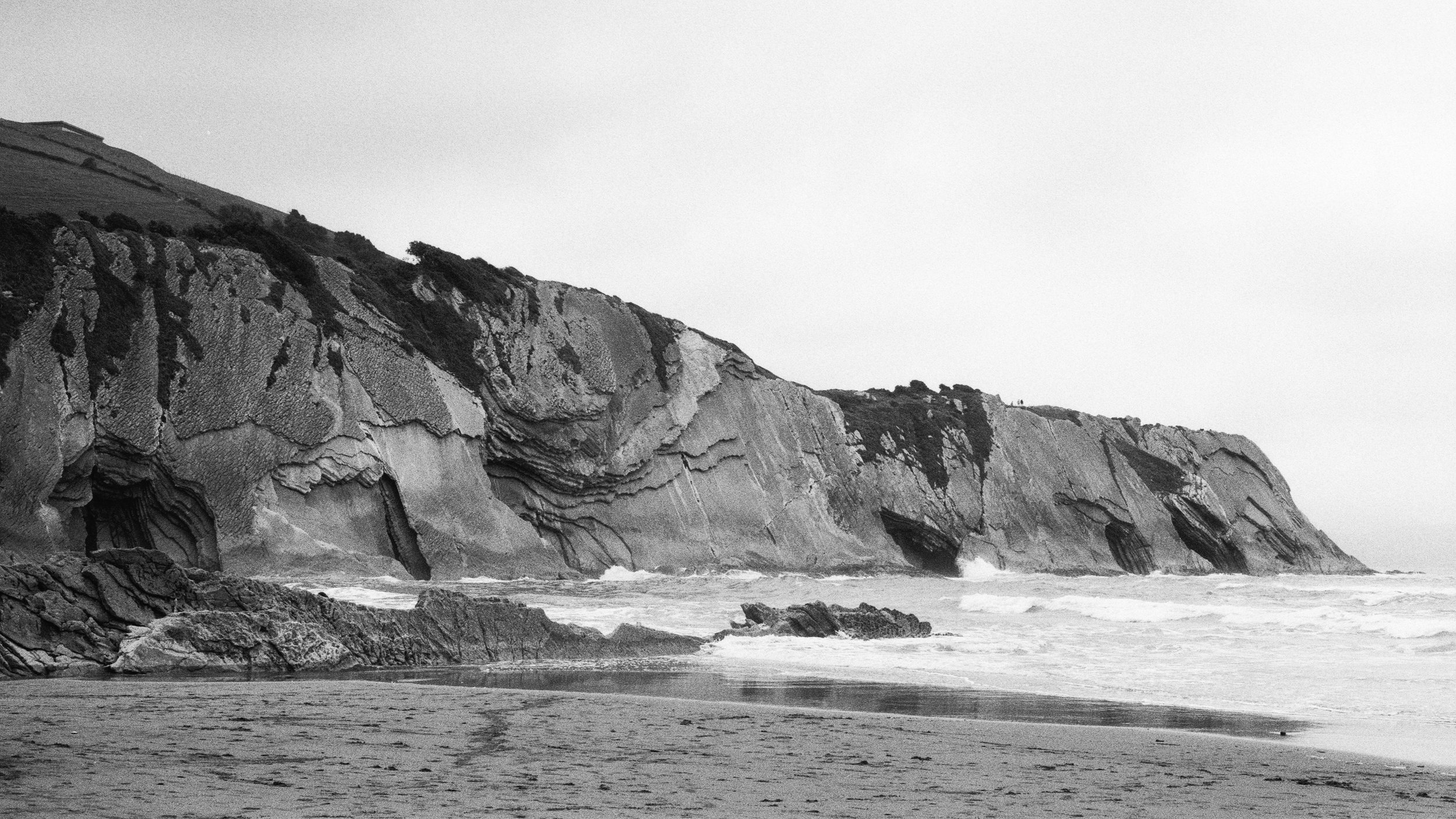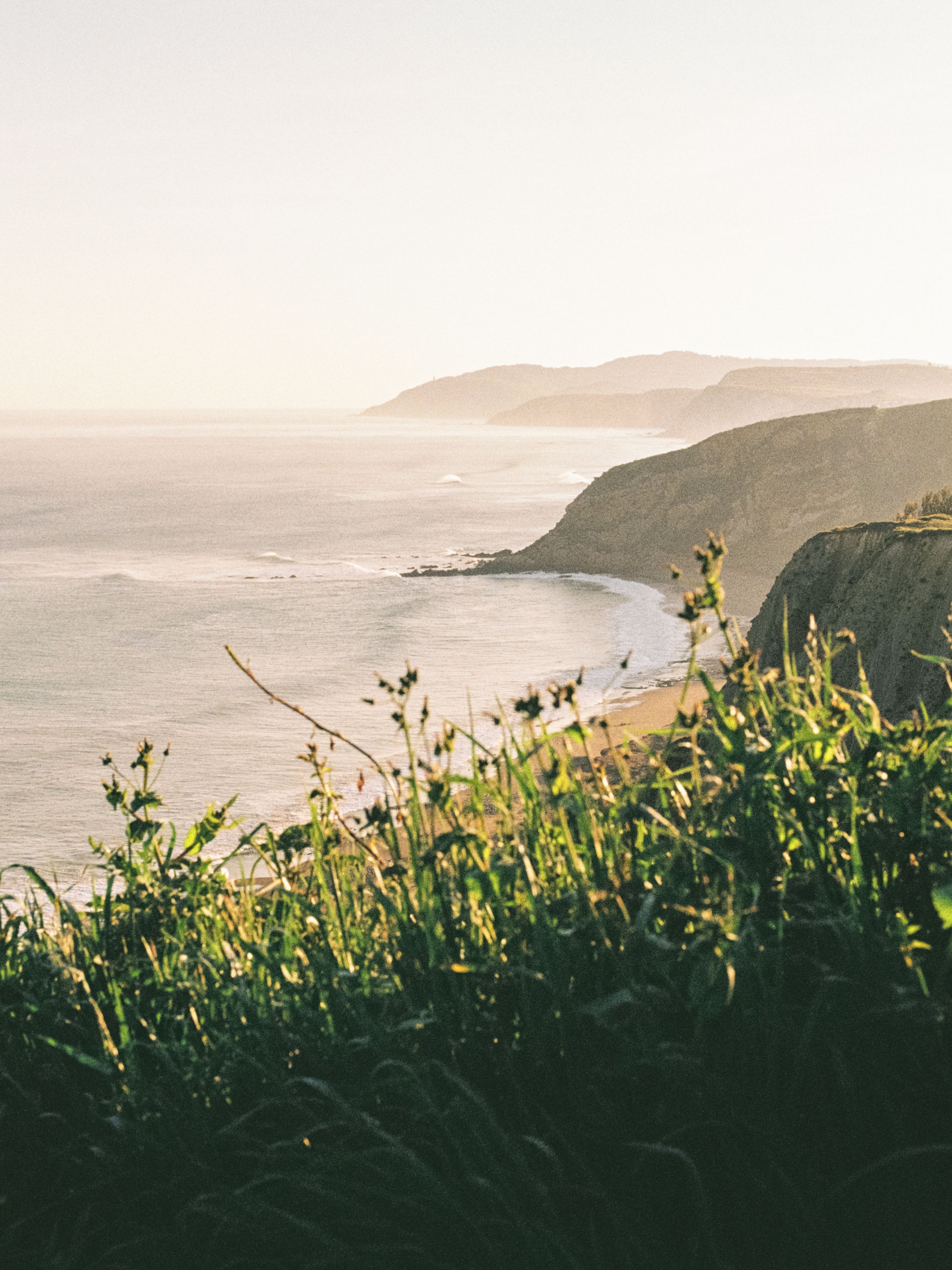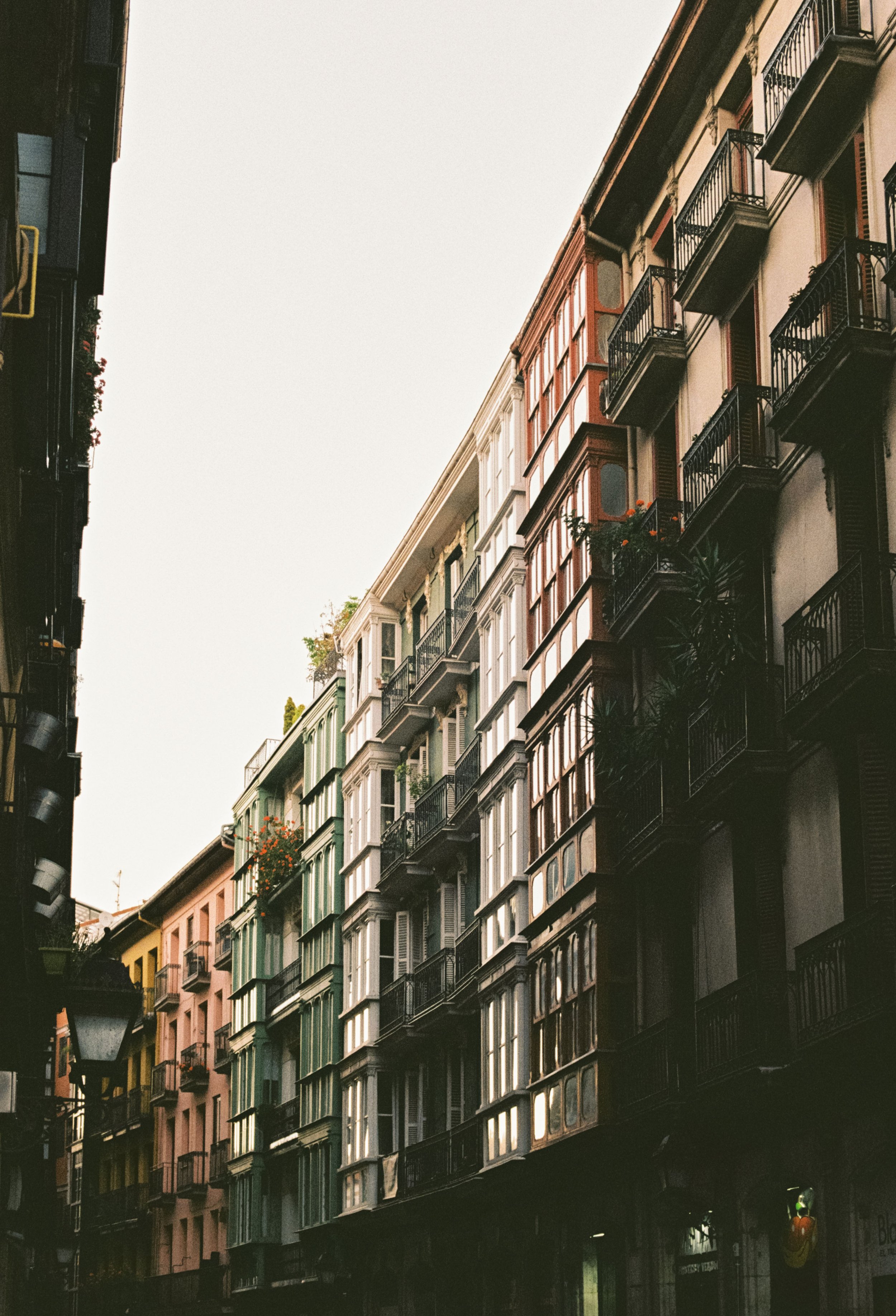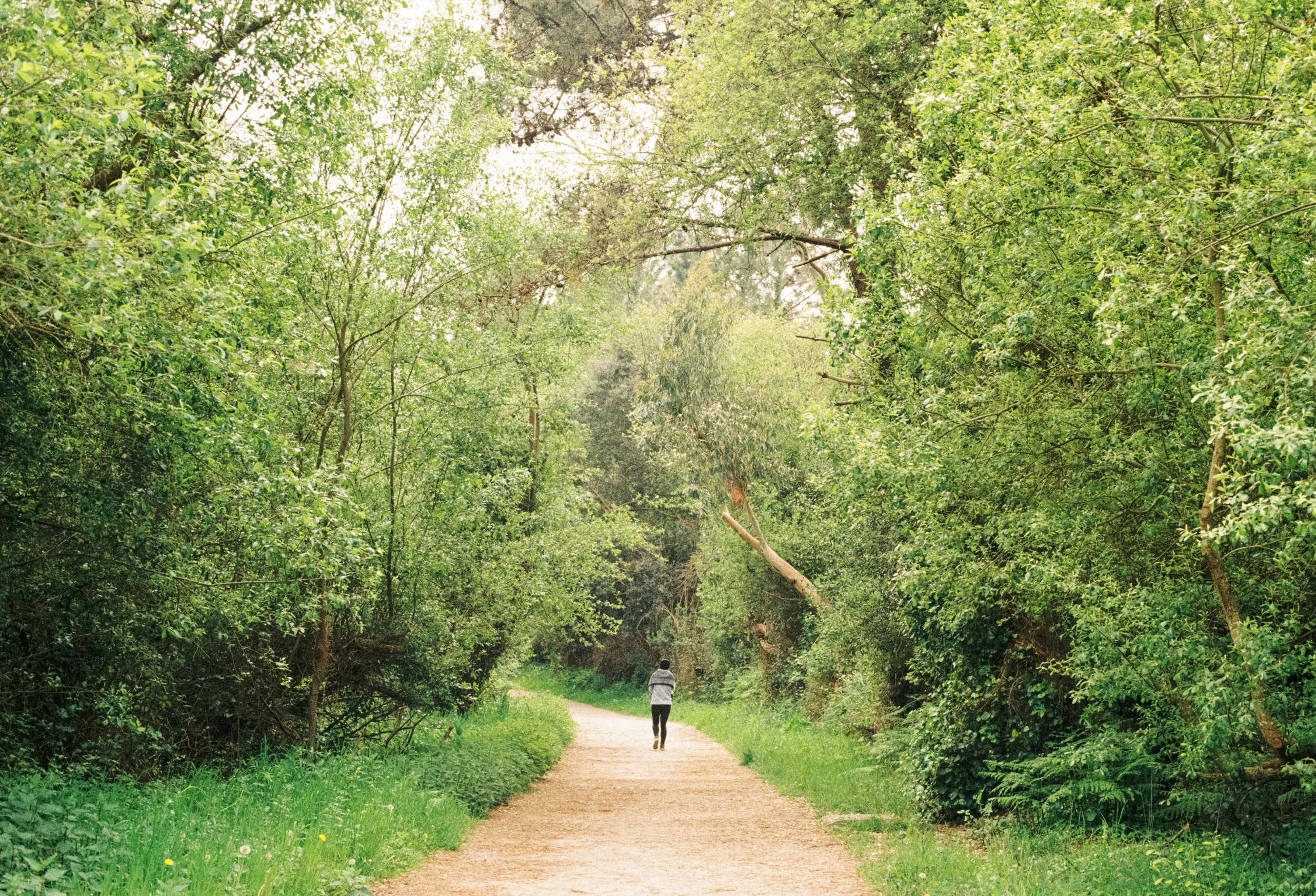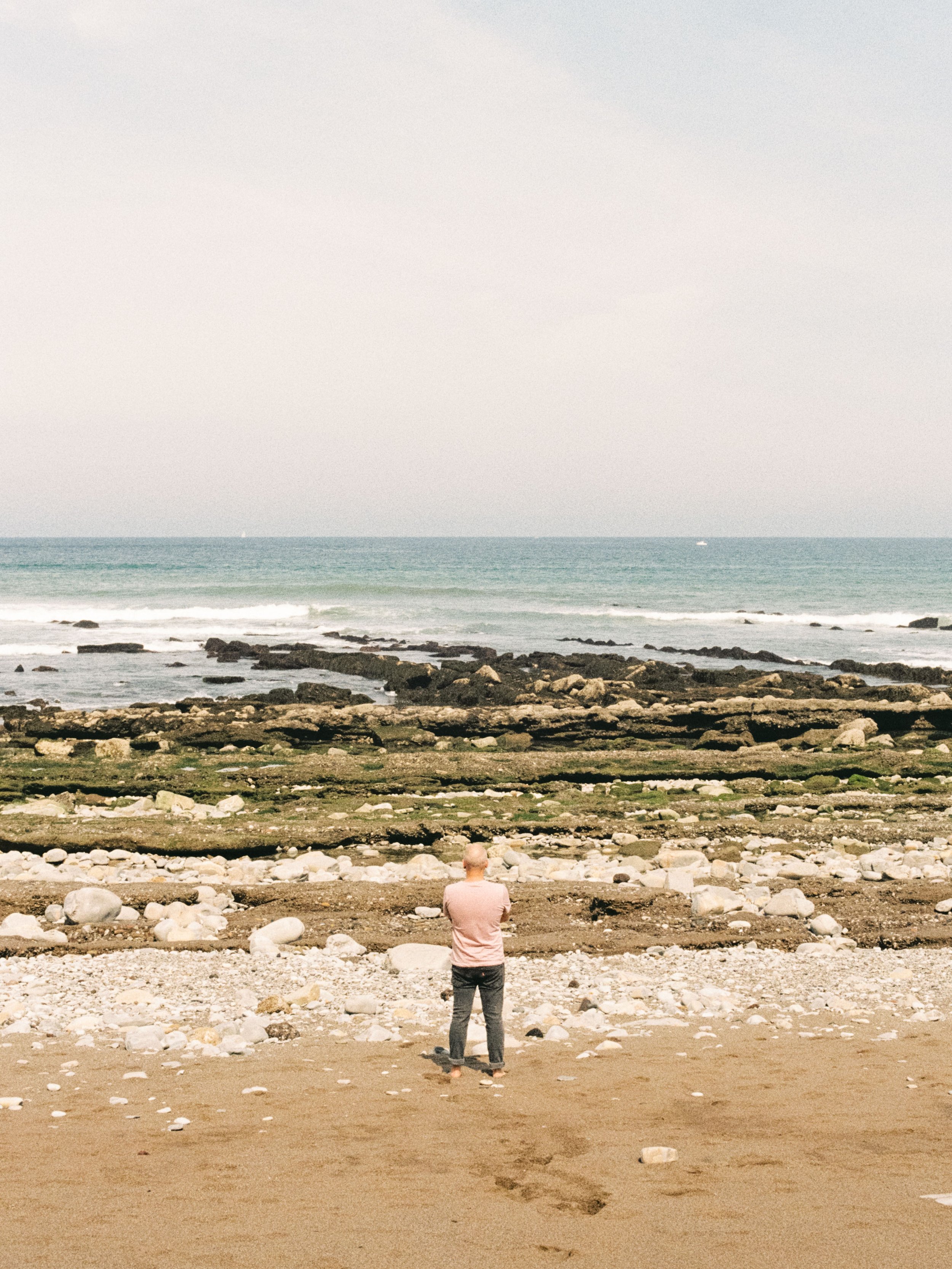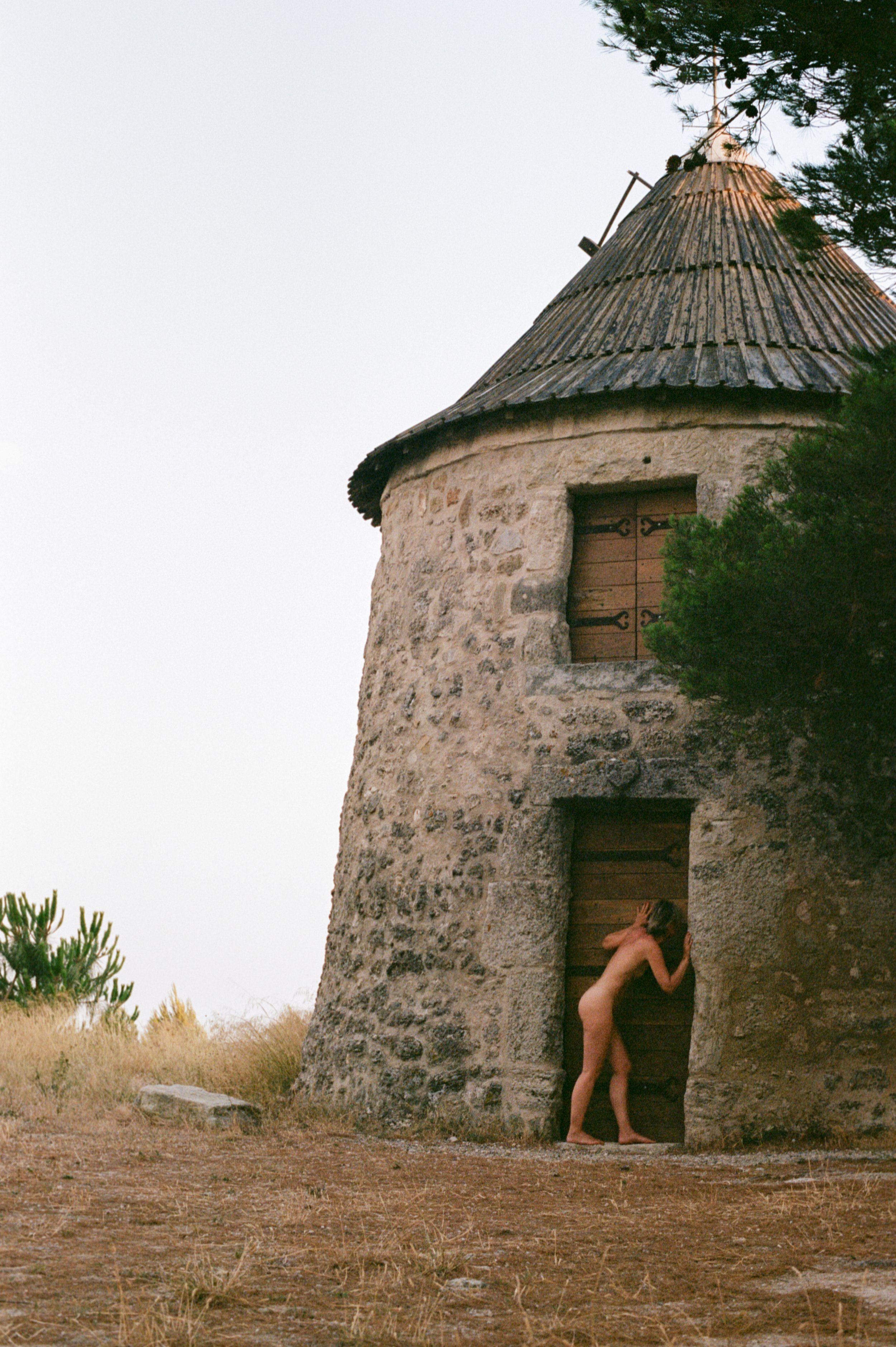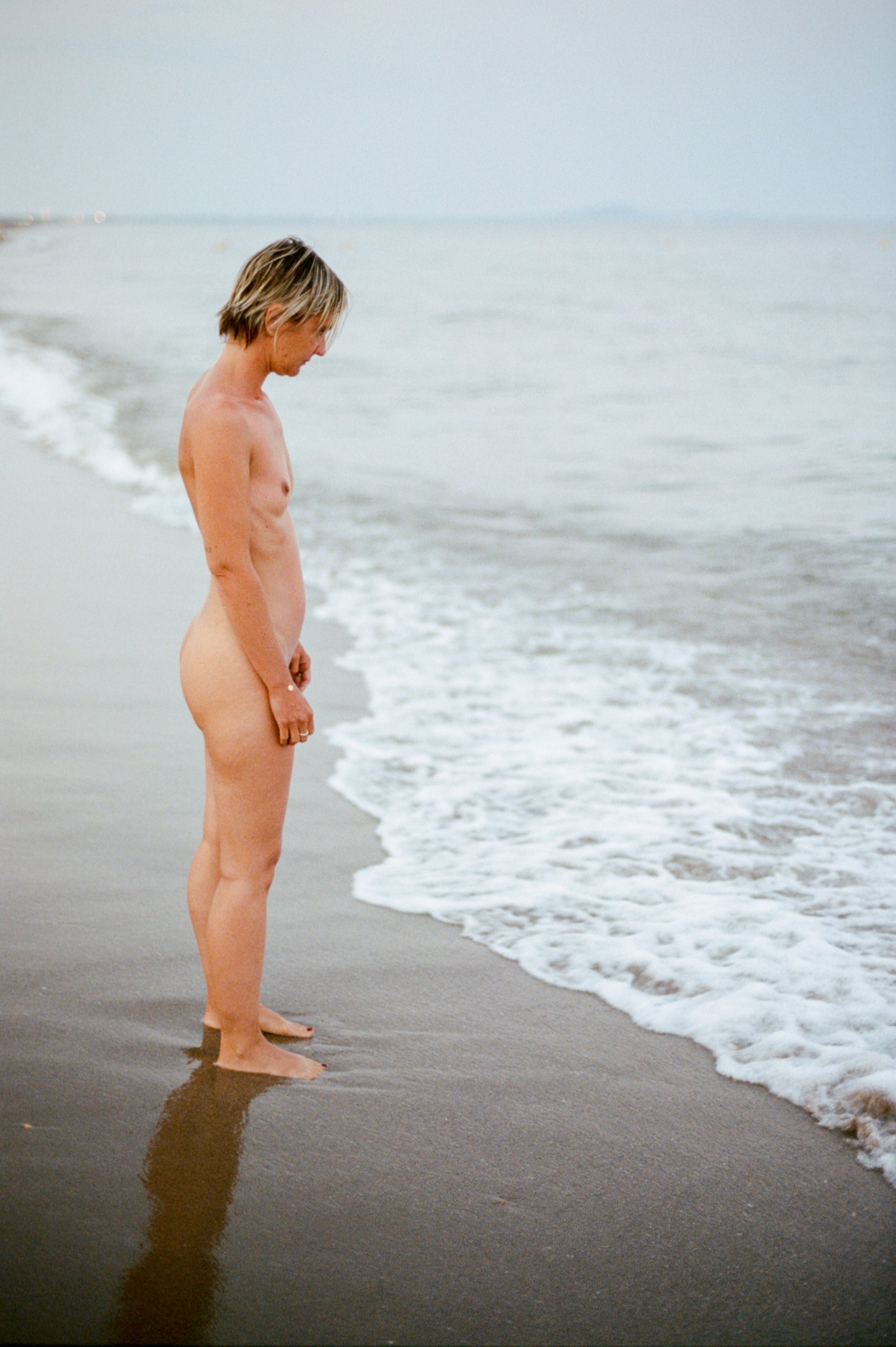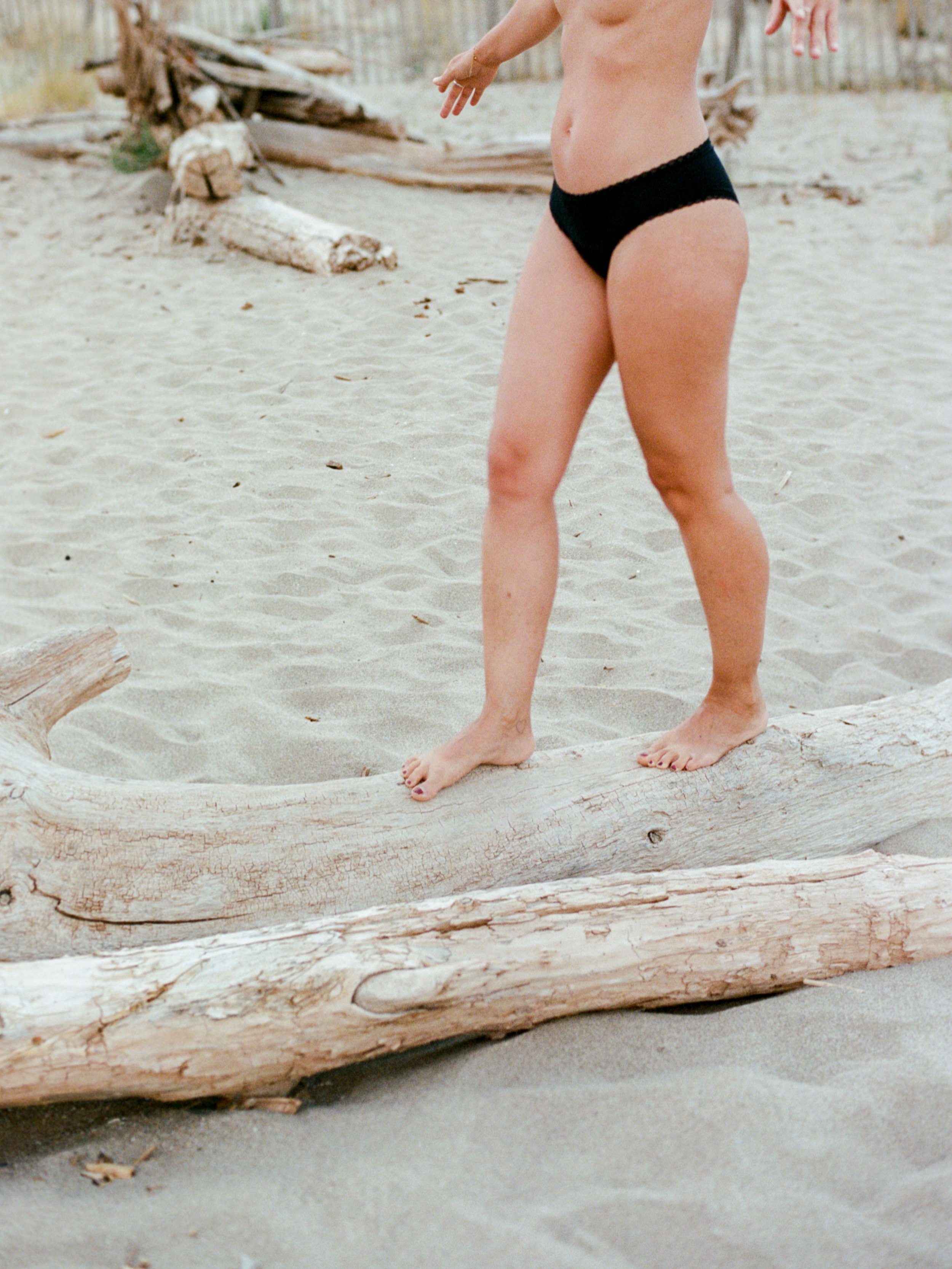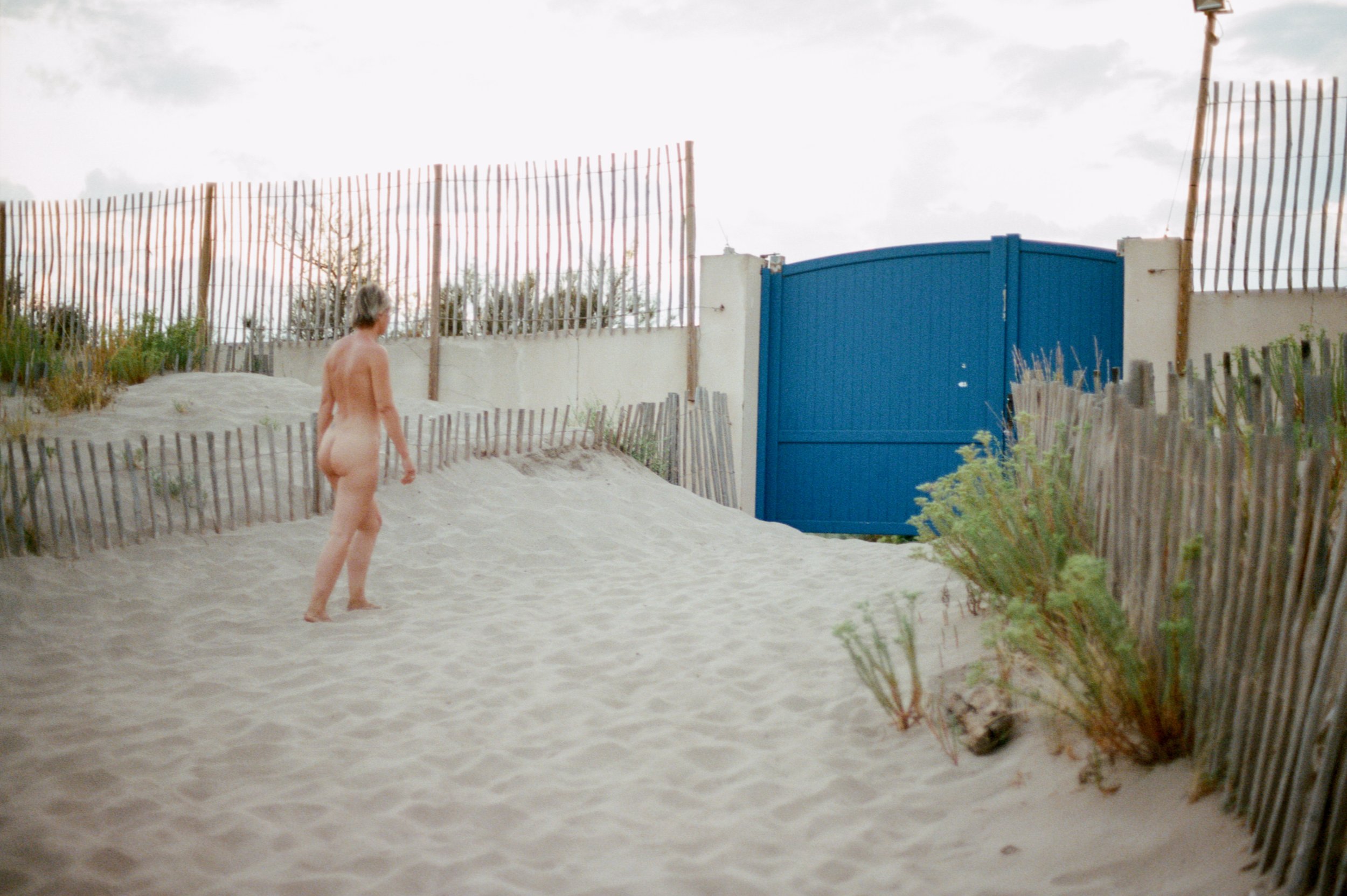Cette série de photos a quelques mois. Nous avions loué un chalet cet automne quelque part en Ariège pour trois jours. J’ai hésité à la poster parce que je voulais la garder pour moi. Ou en faire quelque chose d’autre que de la poster sur ce blog. Vous allez surement les trouver banales. C’est juste l’histoire d’un “weekend en famille” finalement.
Mais j’adore ces images et ce qu’elles dégagent. Ce calme, cette douce et étrange mélancolie. Je trouve qu’elles forment une série aboutie. C’est la première série dont je suis assez fier pour oser en parler comme ça je crois. Je ne suis jamais senti assez légitime pour penser que mes photos valaient la peine d’être vues. Ce site existe uniquement pour mon plaisir et pour faire vivre ma passion. Mais je commence à me sortir de tout ça. Sans savoir exactement pourquoi.
Et si j’arrêtais d’analyser ce que je ressens un peu ?
J’étais parti avec le Mamiya et deux Portra 400 pour documenter ce weekend. 32 images, et pas une de plus. Je l’ai déjà dit ici mais j’aime beaucoup cette limitation. Ralentir, regarder, réfléchir, ressentir…
J’ai poussé les pellicules à 800 ISO pour que les images soient un plus “dark”. La magie du moyen format. Les couleurs de la Portra. Et l’histoire est gravée. Melancholia.
This series of photos is a few months old. We rented a chalet this fall somewhere in Ariège for three days. I hesitated to post it because I wanted to keep it to myself. Or do something with it other than posting it on this blog. You'll probably find them banal. It's just the story of a "family weekend" in the end.
But I love these images and what they exude. This calm, this sweet and strange melancholy. I think they form a complete series. It's the first series I'm proud enough of to dare to talk about it like this, I think. I've never felt legitimate enough to think that my photos were worth seeing. This website exists solely for my pleasure and to bring my passion to life. But I'm starting to get away from all that. Without knowing exactly why.
What if I stopped analyzing what I feel a little?
I set out with the Mamiya and two Portra 400s to document this weekend. 32 images, and not one more. I've said it here before, but I really like this limitation. Slowing down, looking, thinking, feeling...
I pushed the films to 800 ISO to make the images a little darker. The magic of medium format. The colors of the Portra. And the story is etched. Melancholia.


